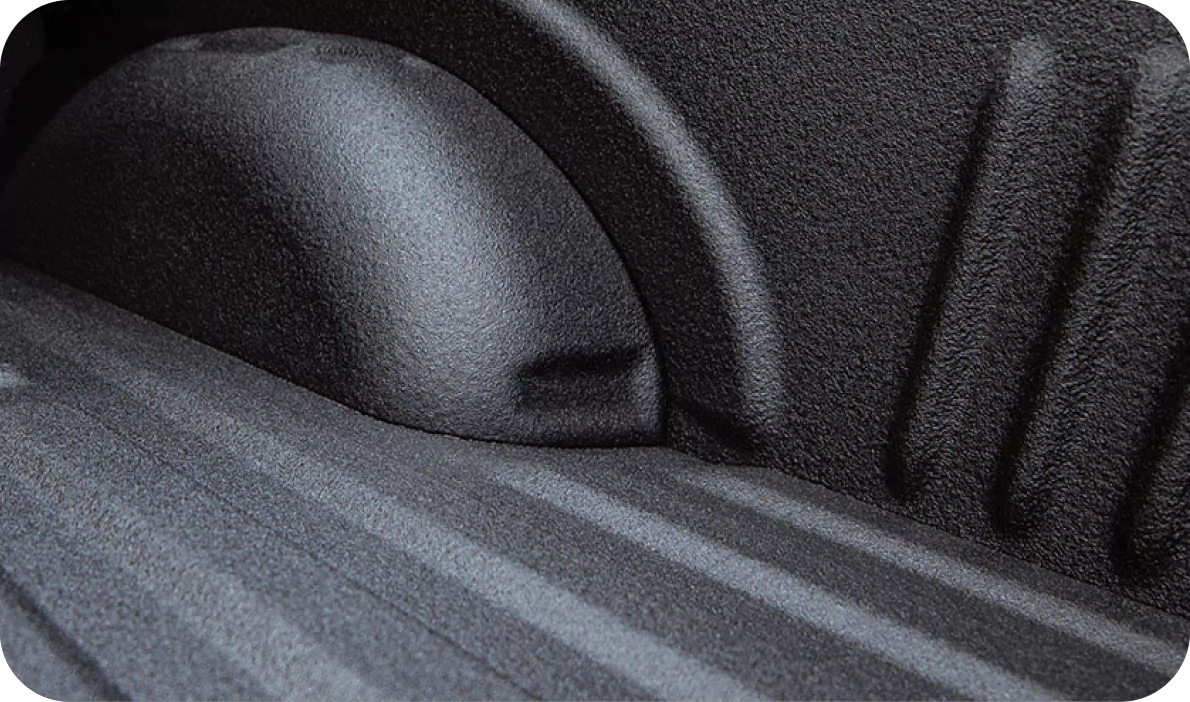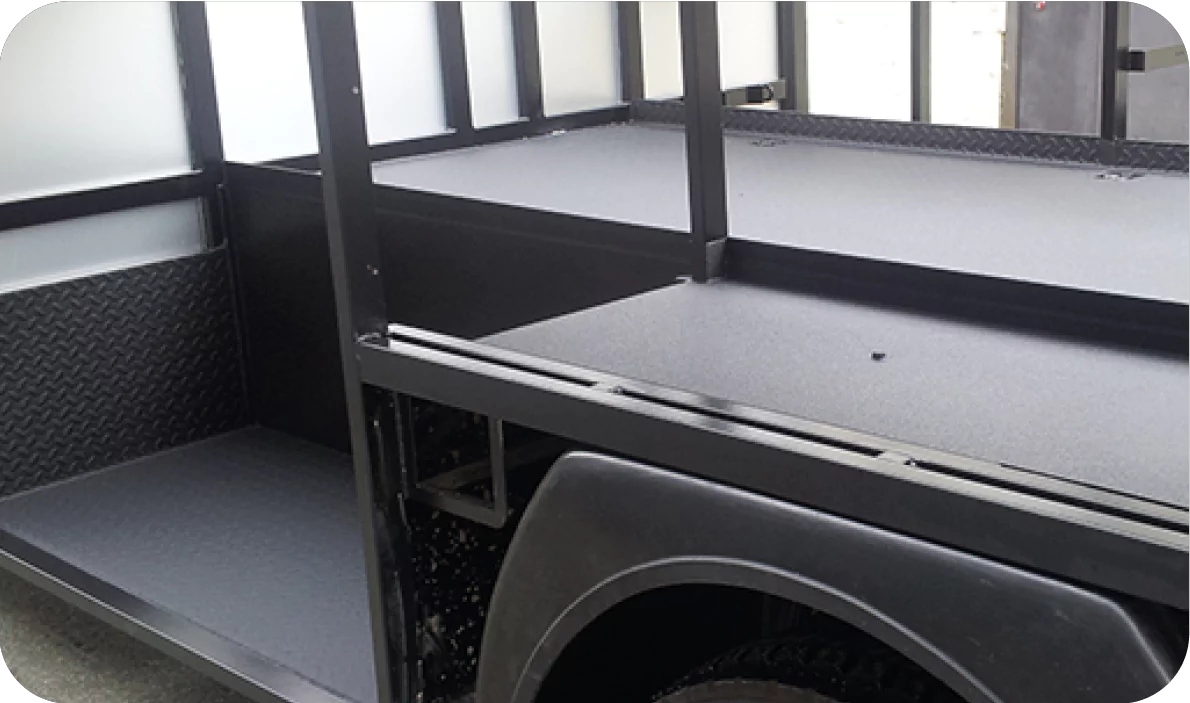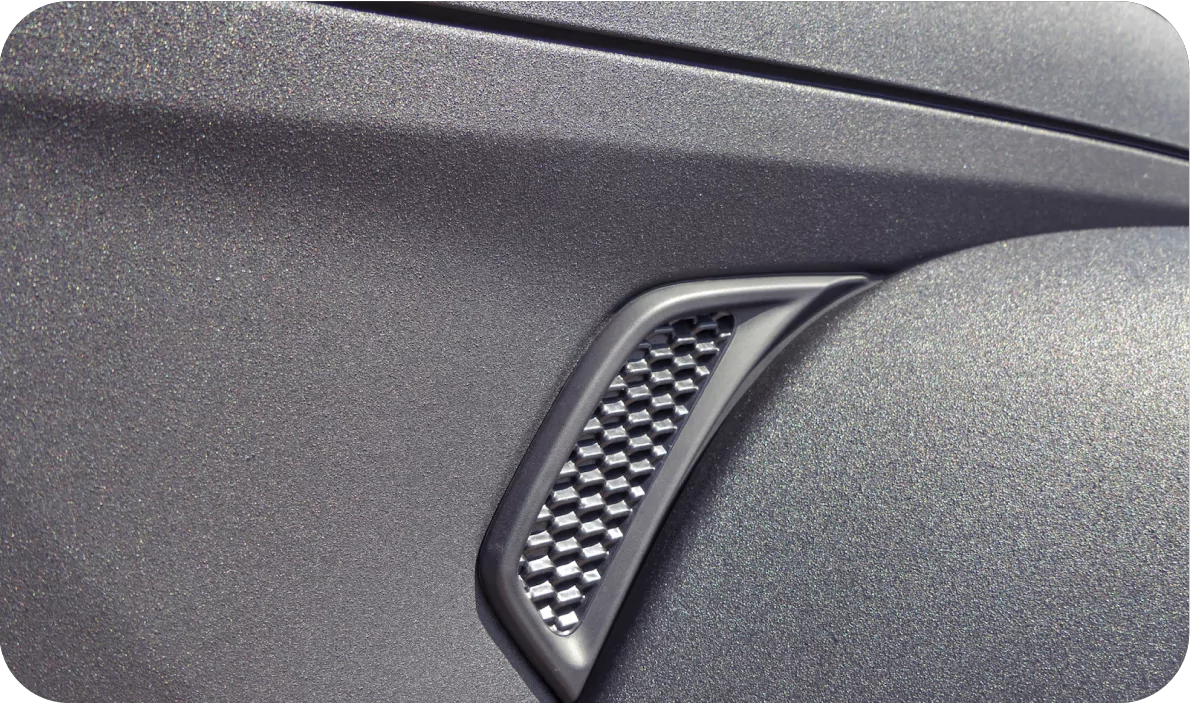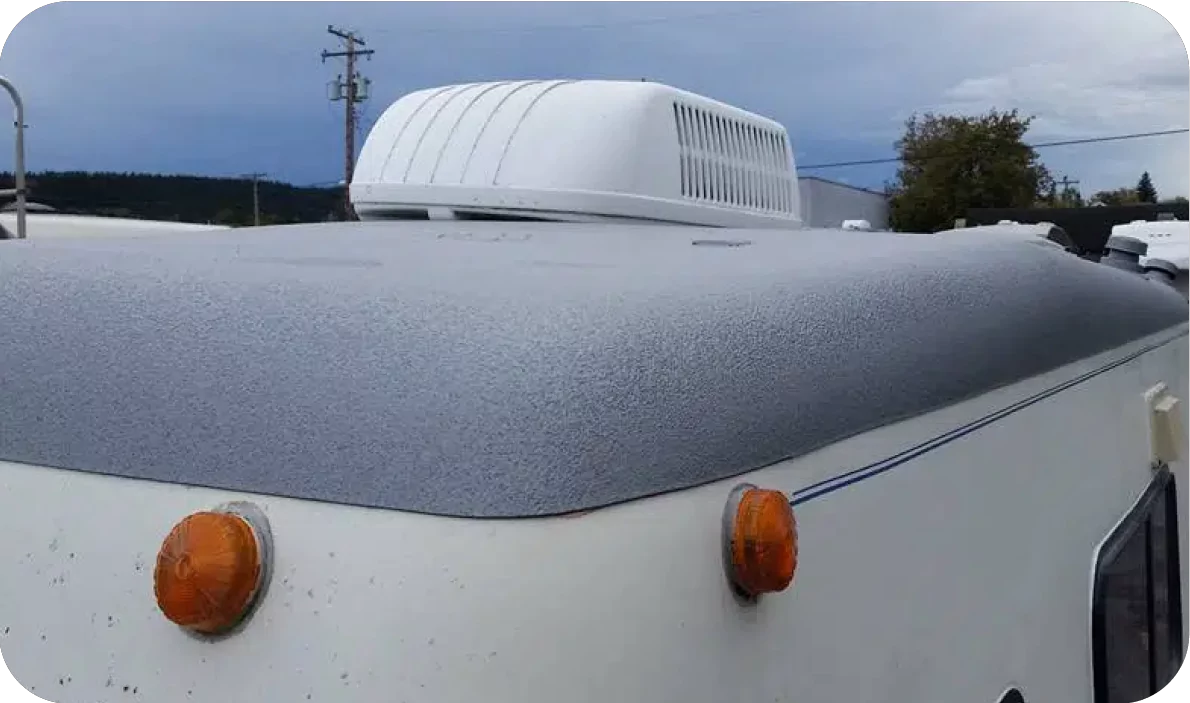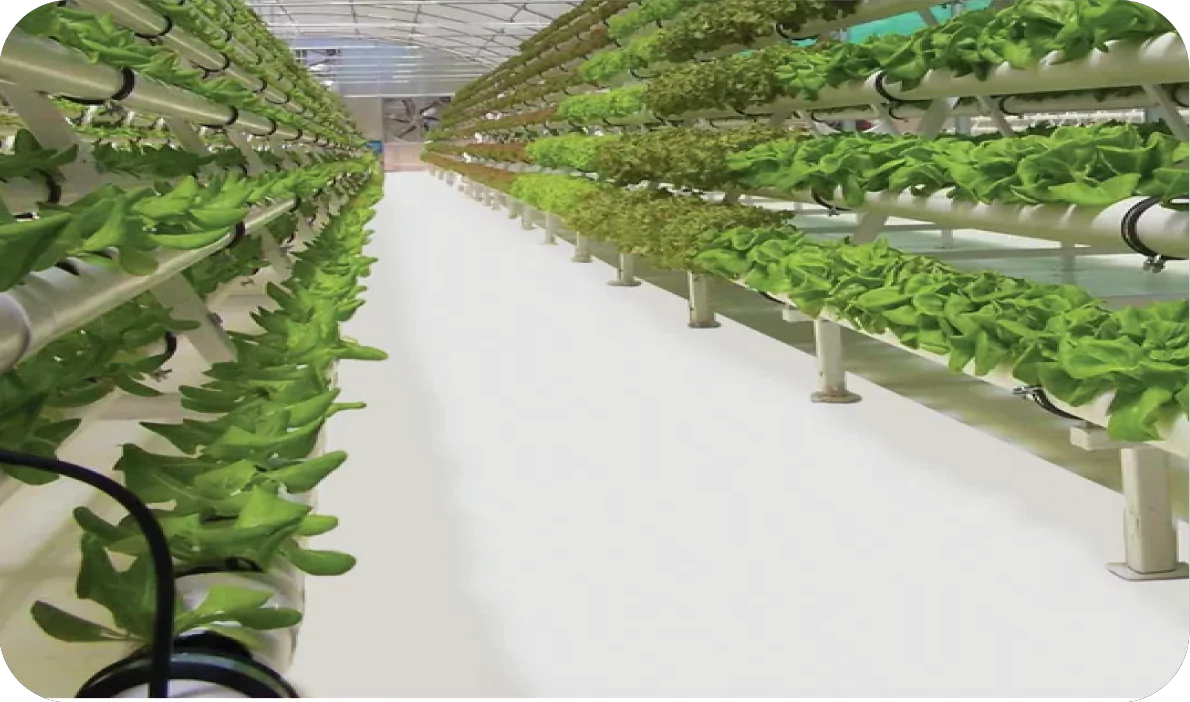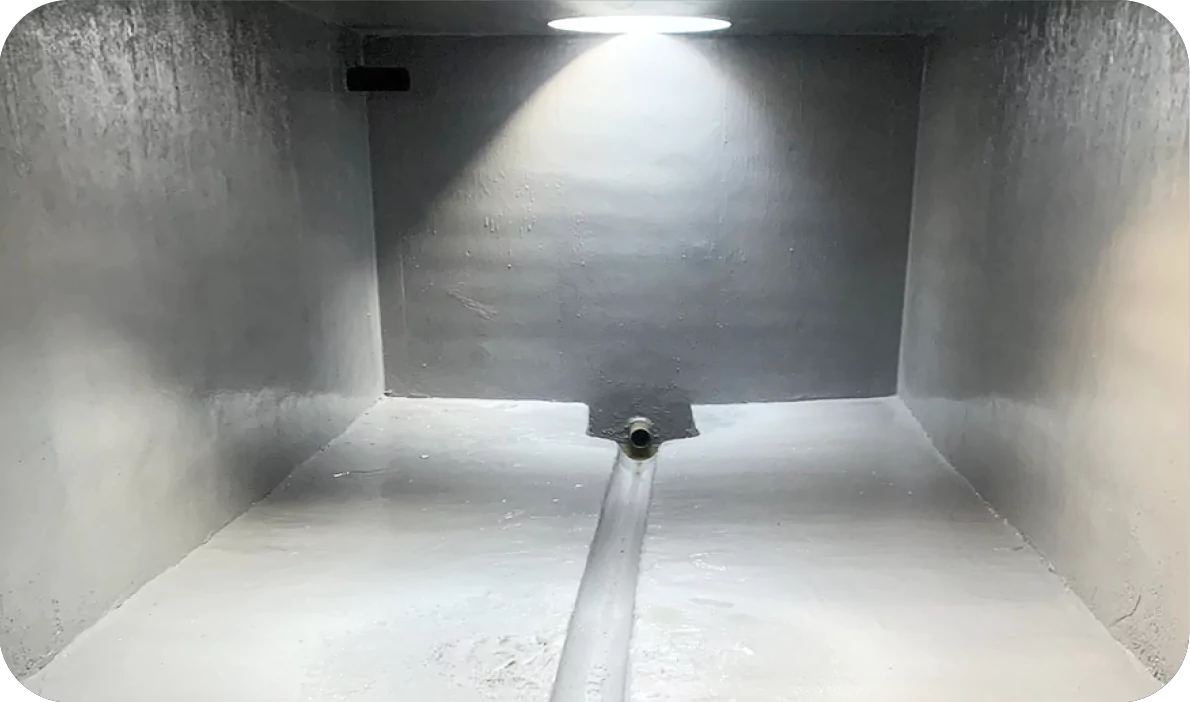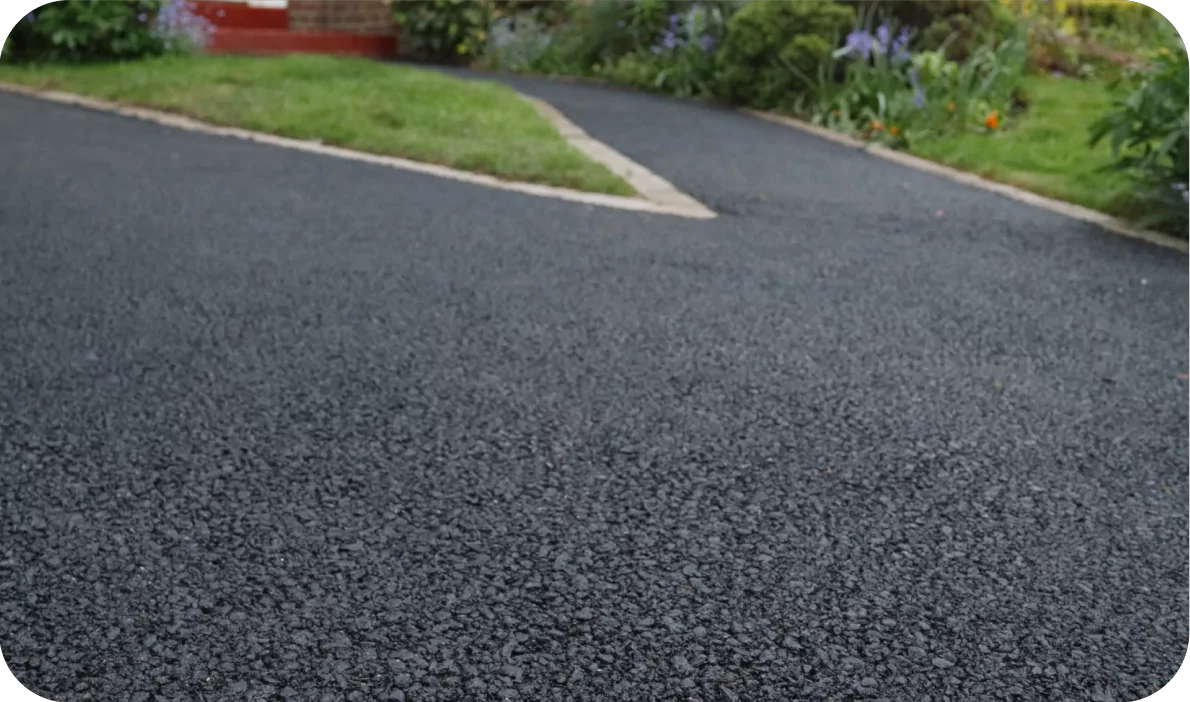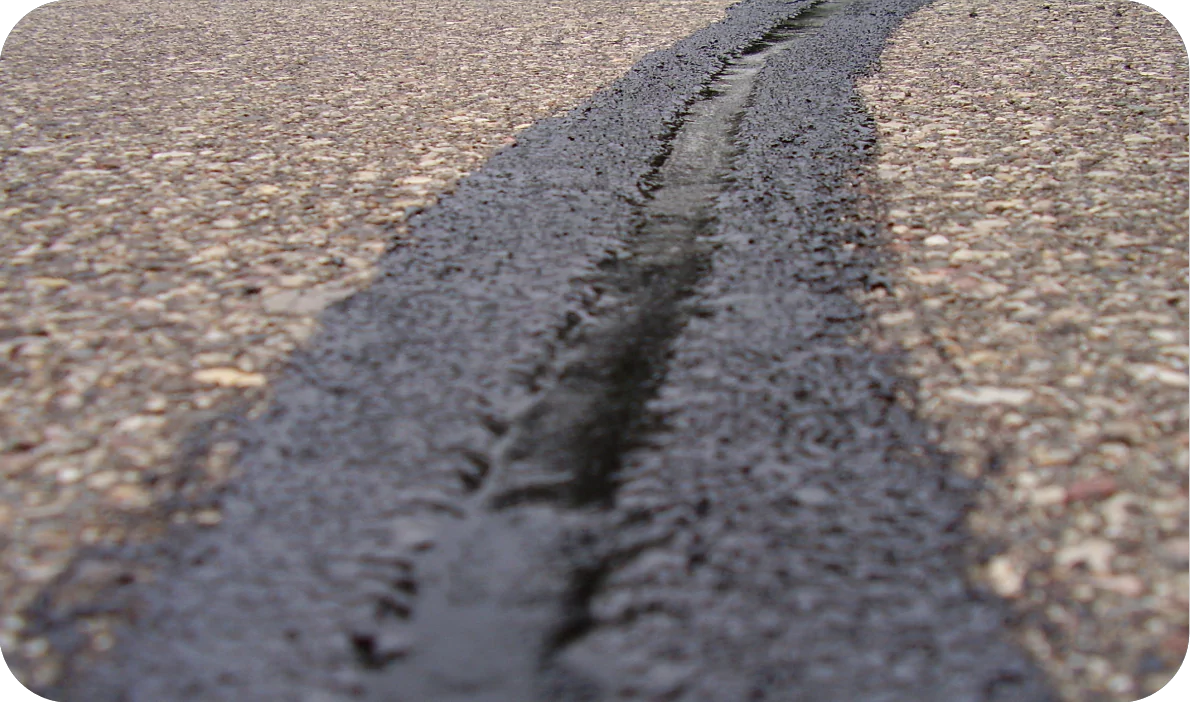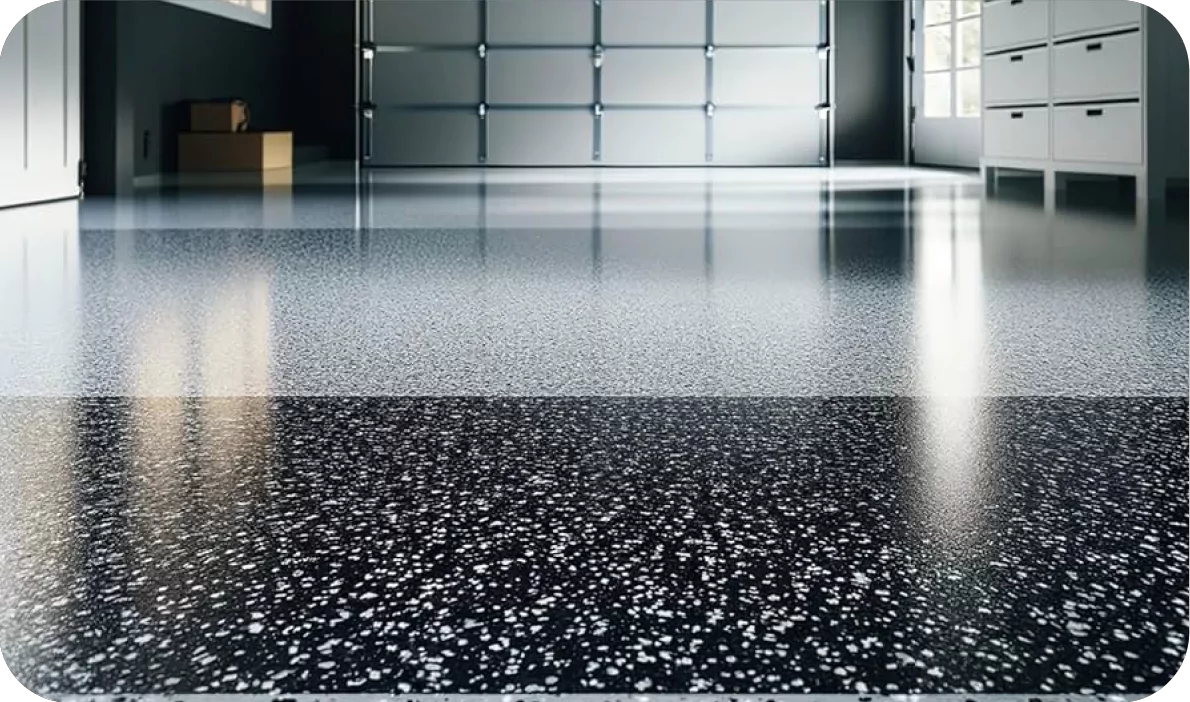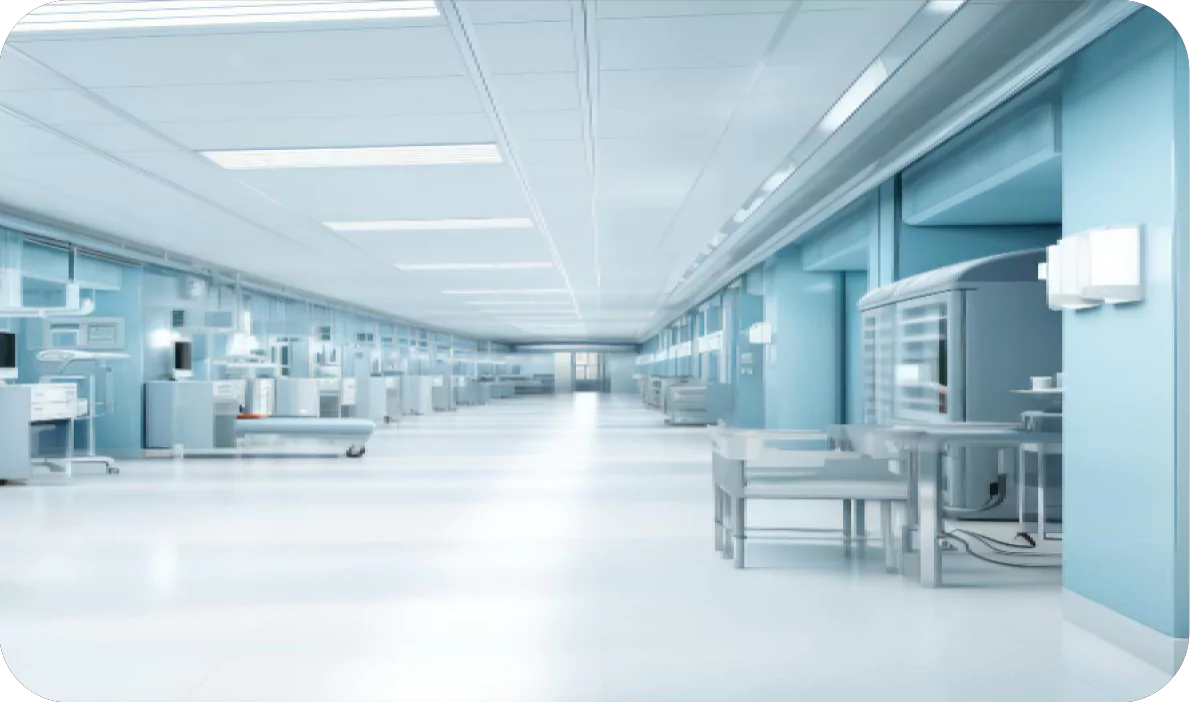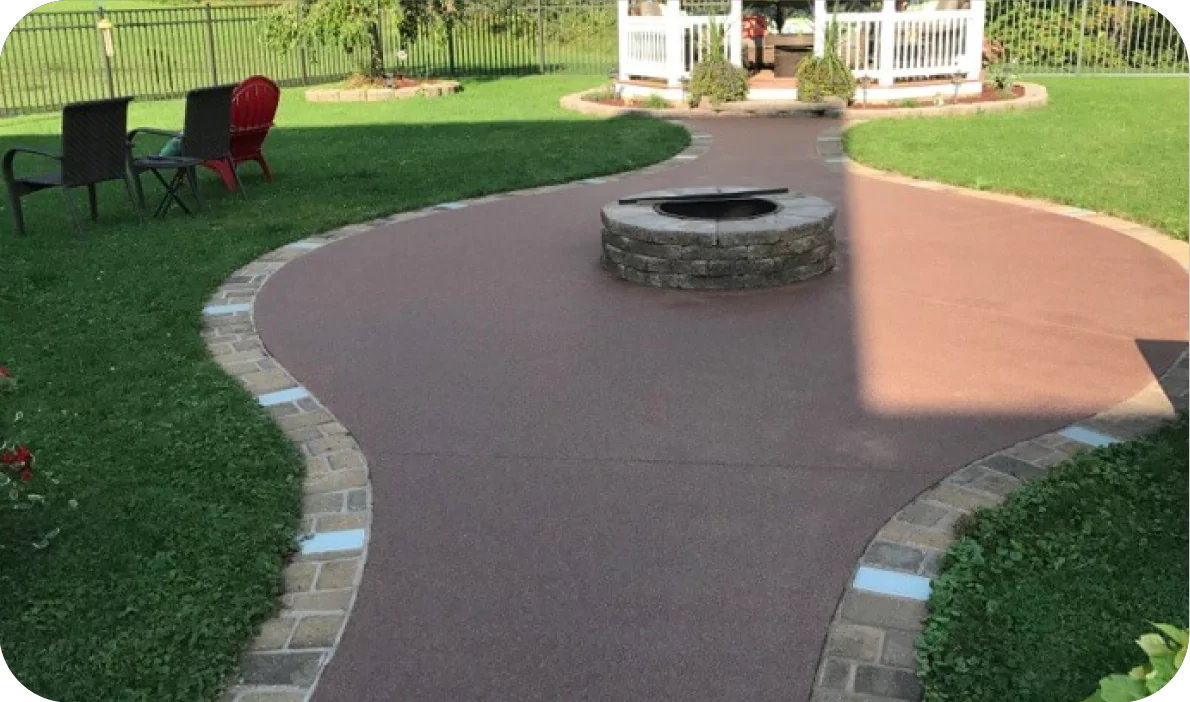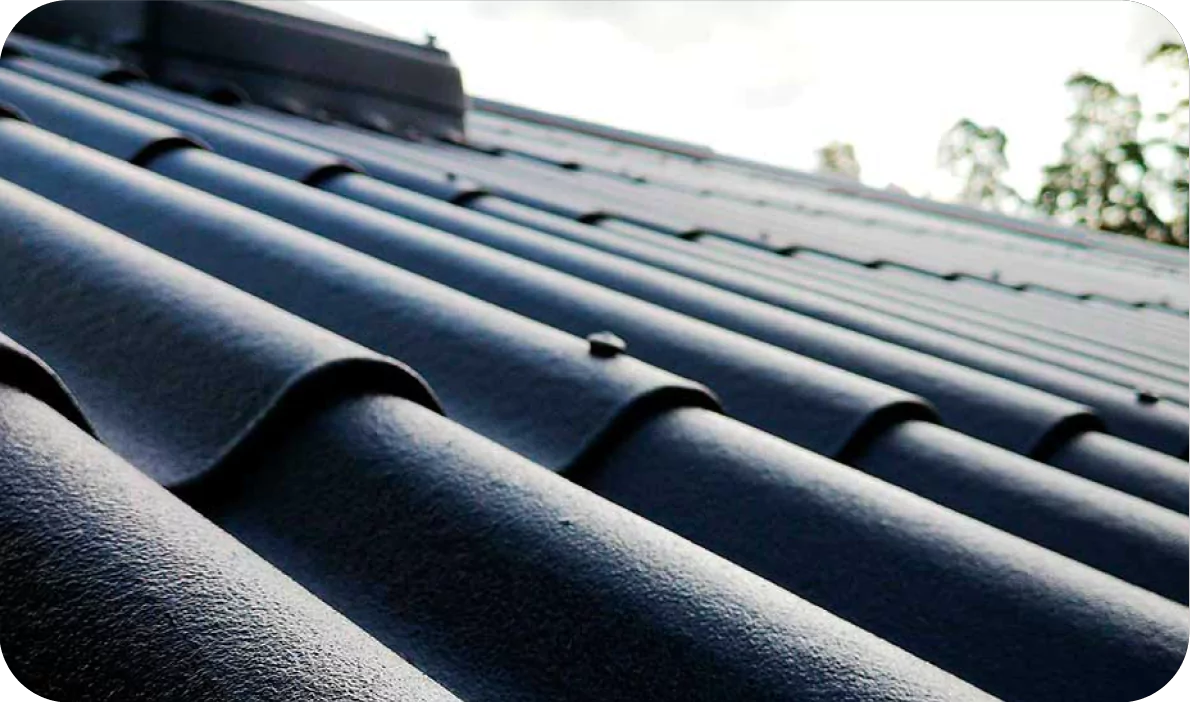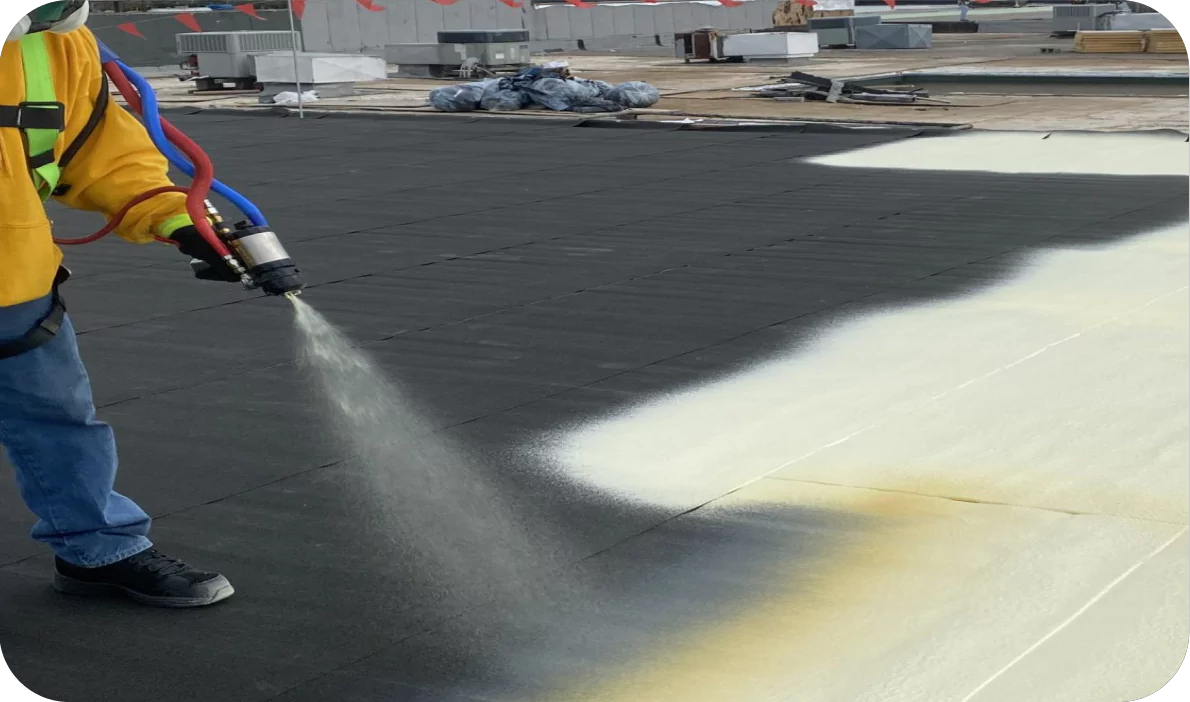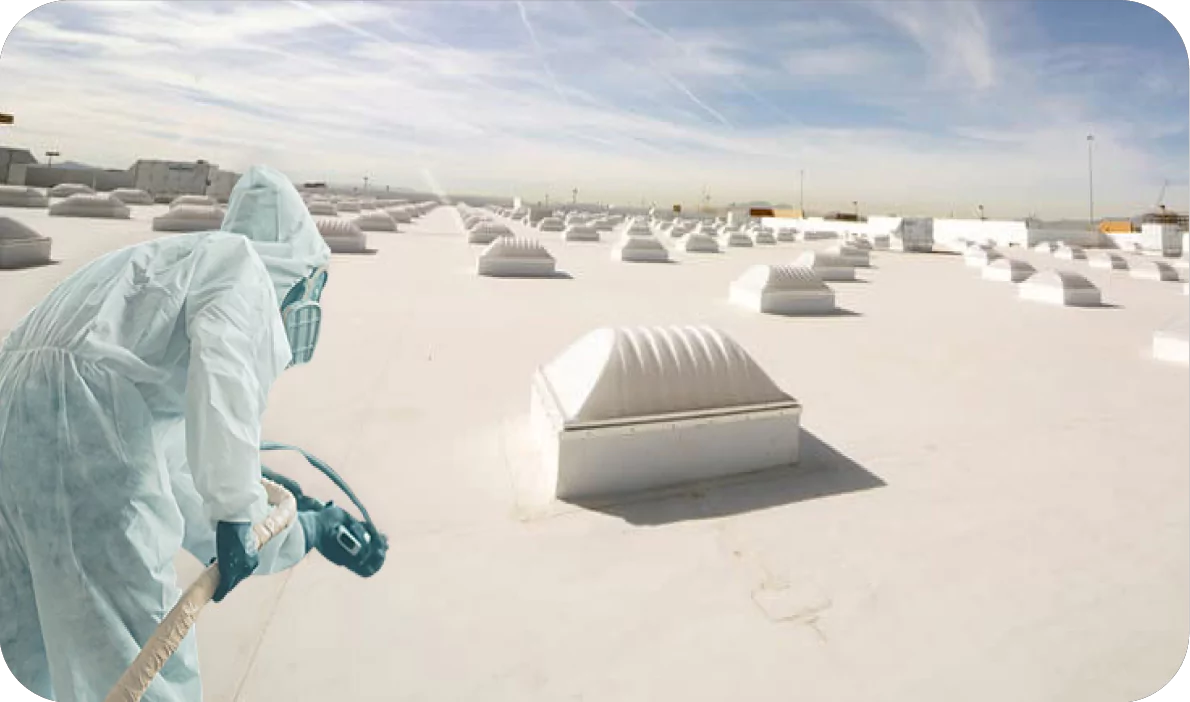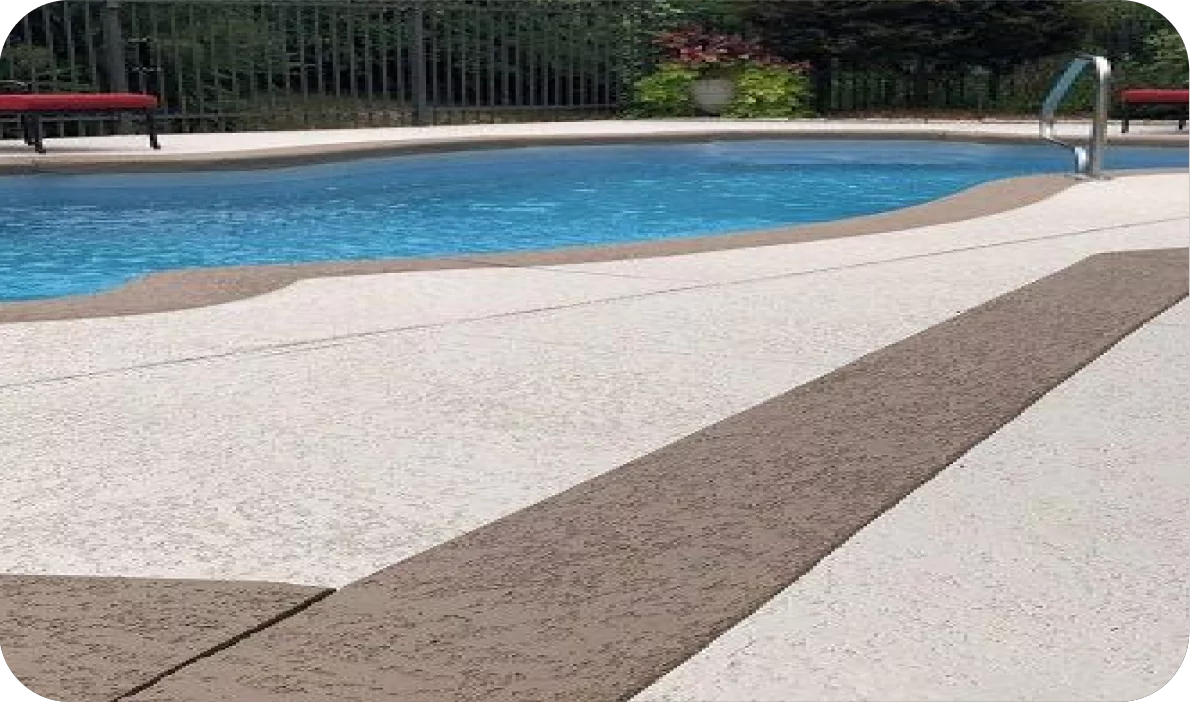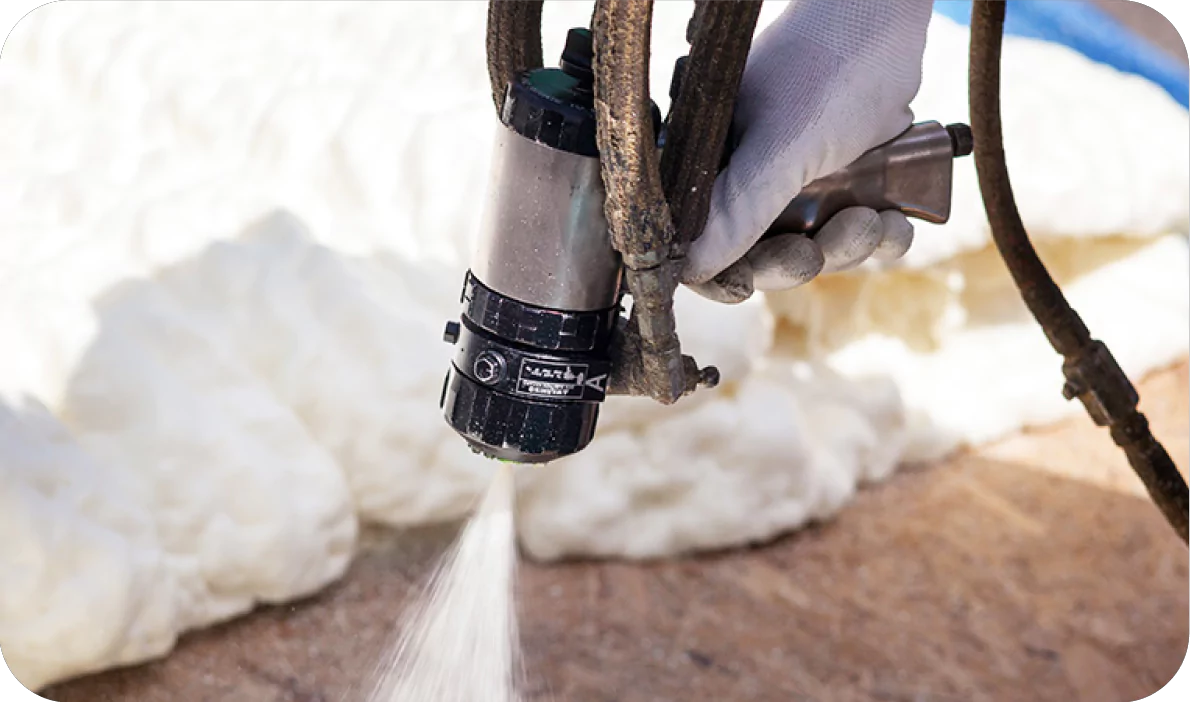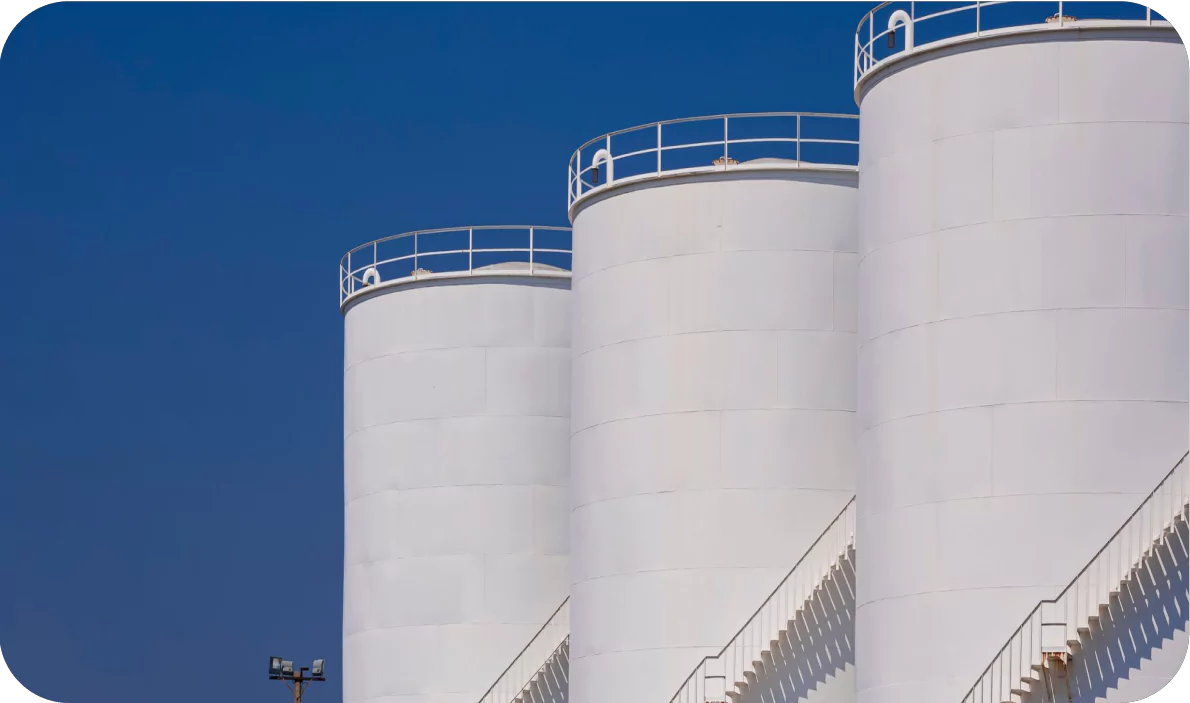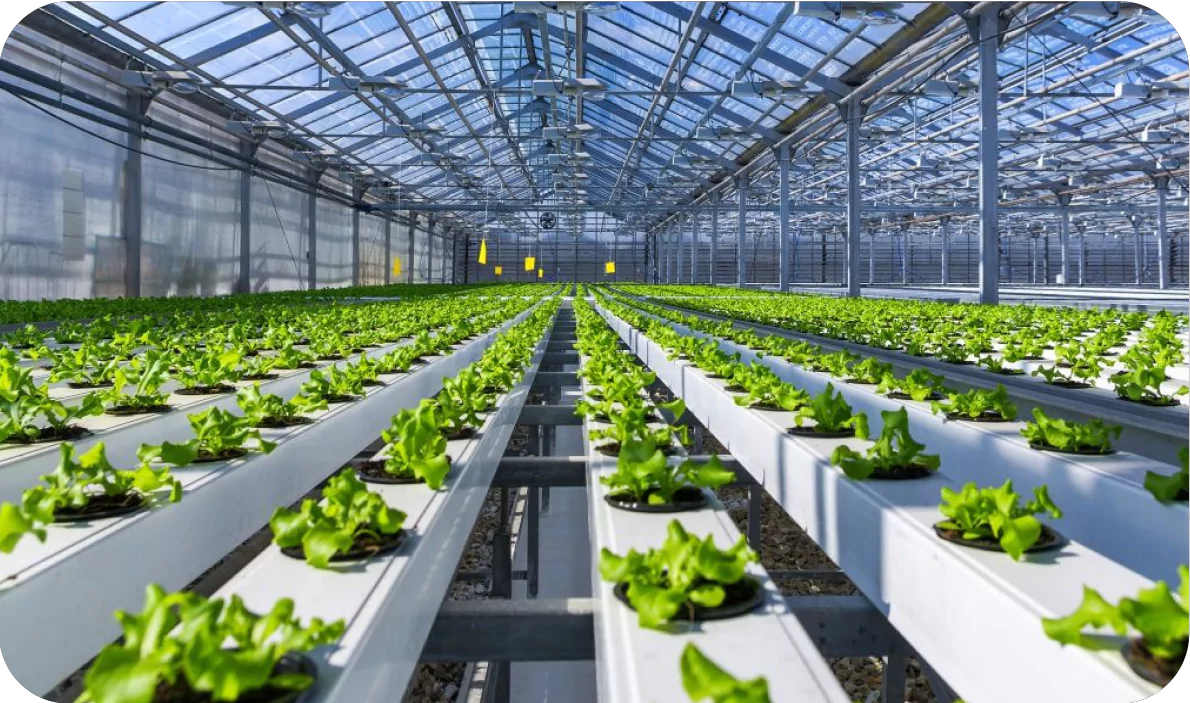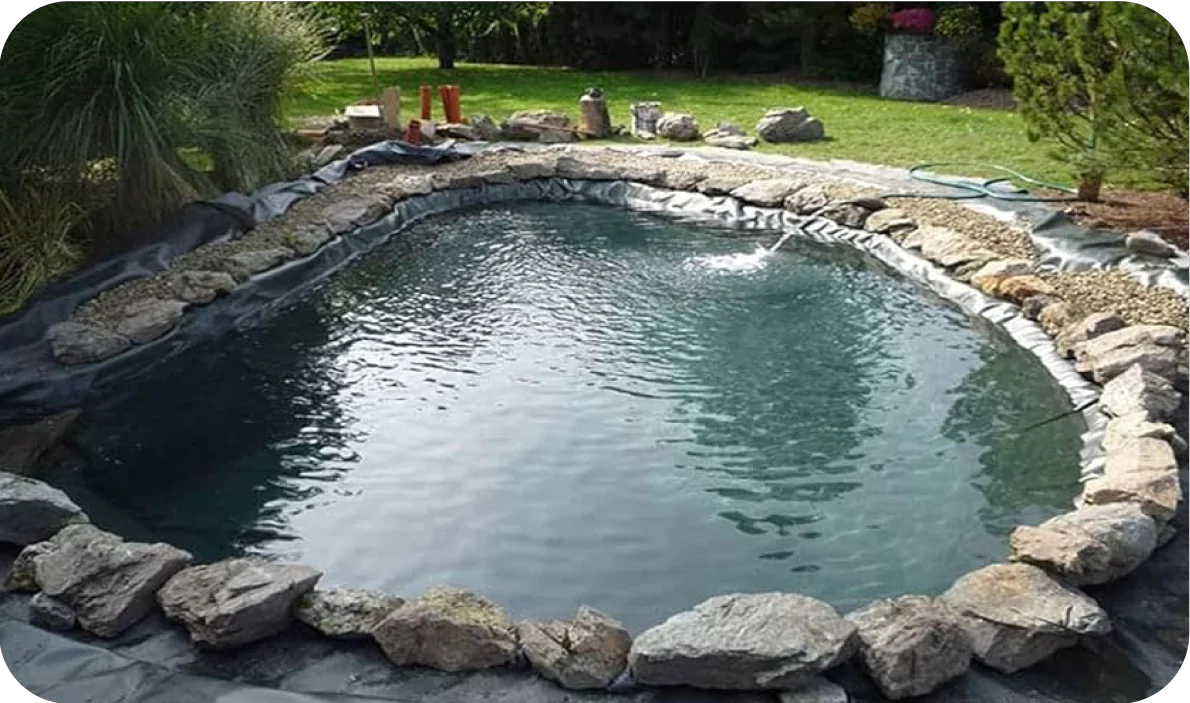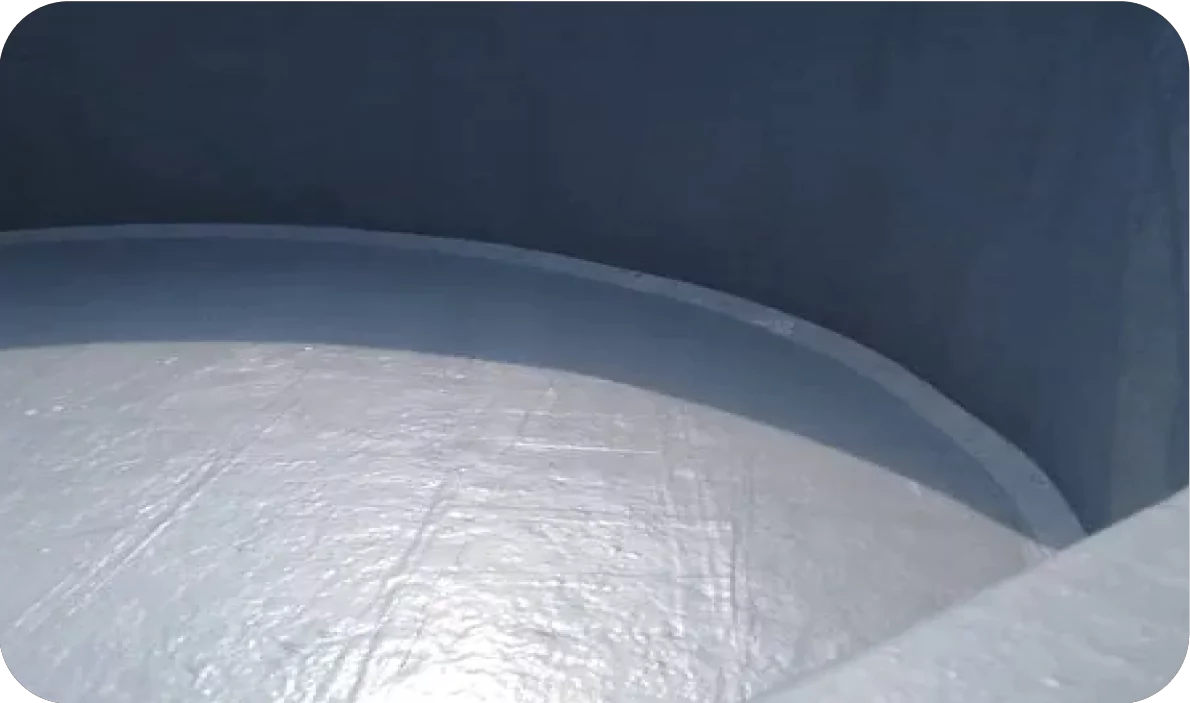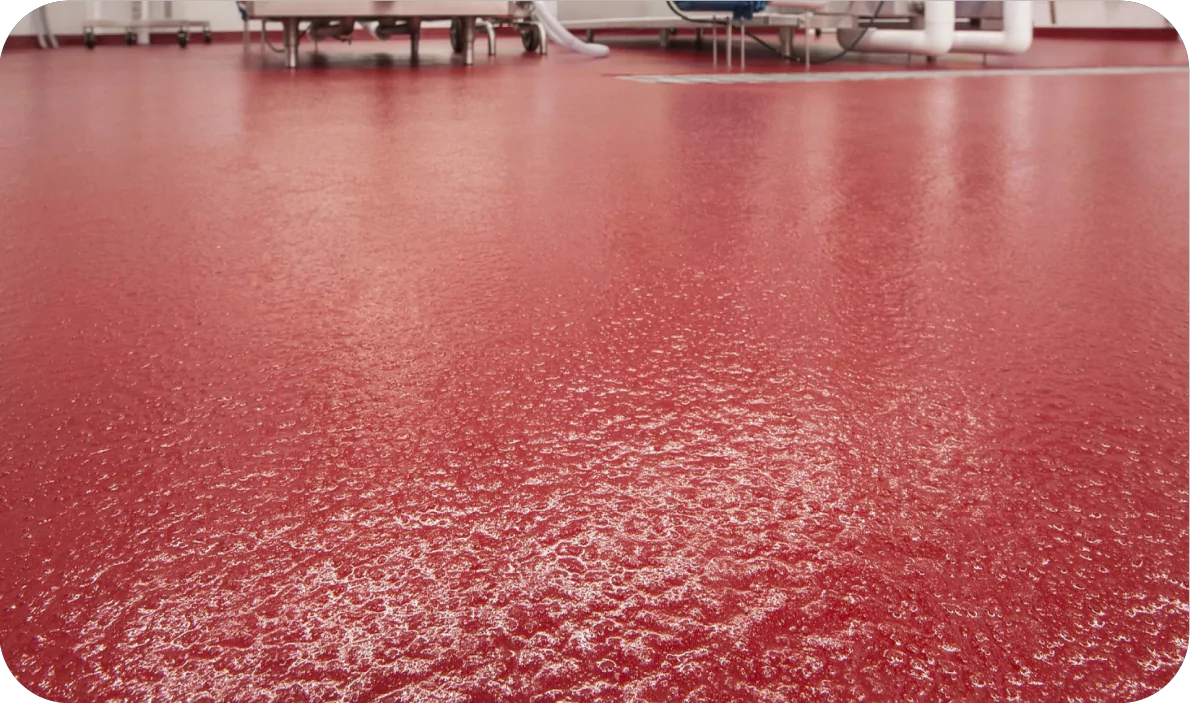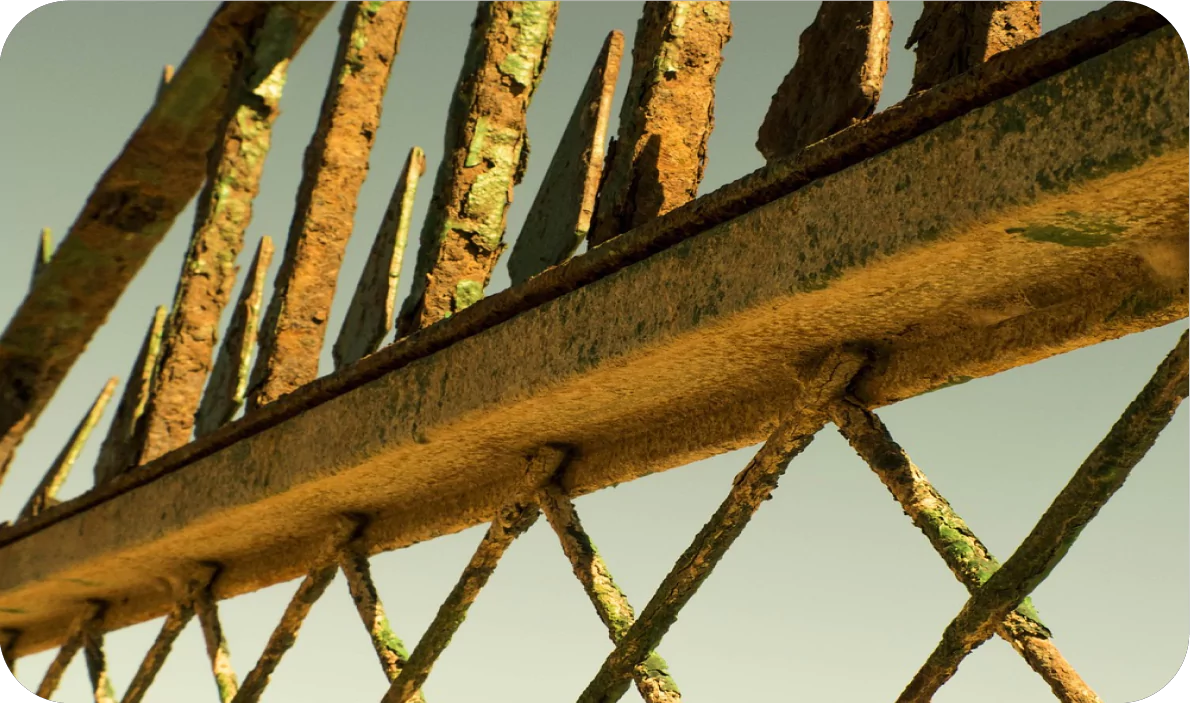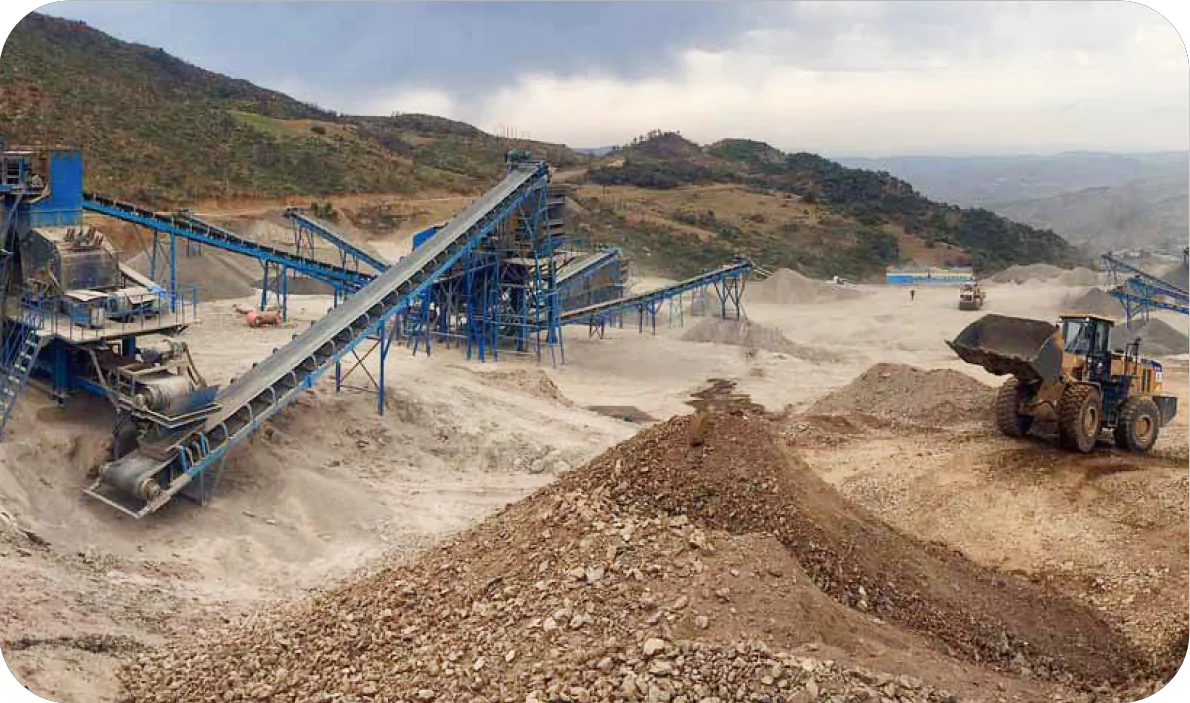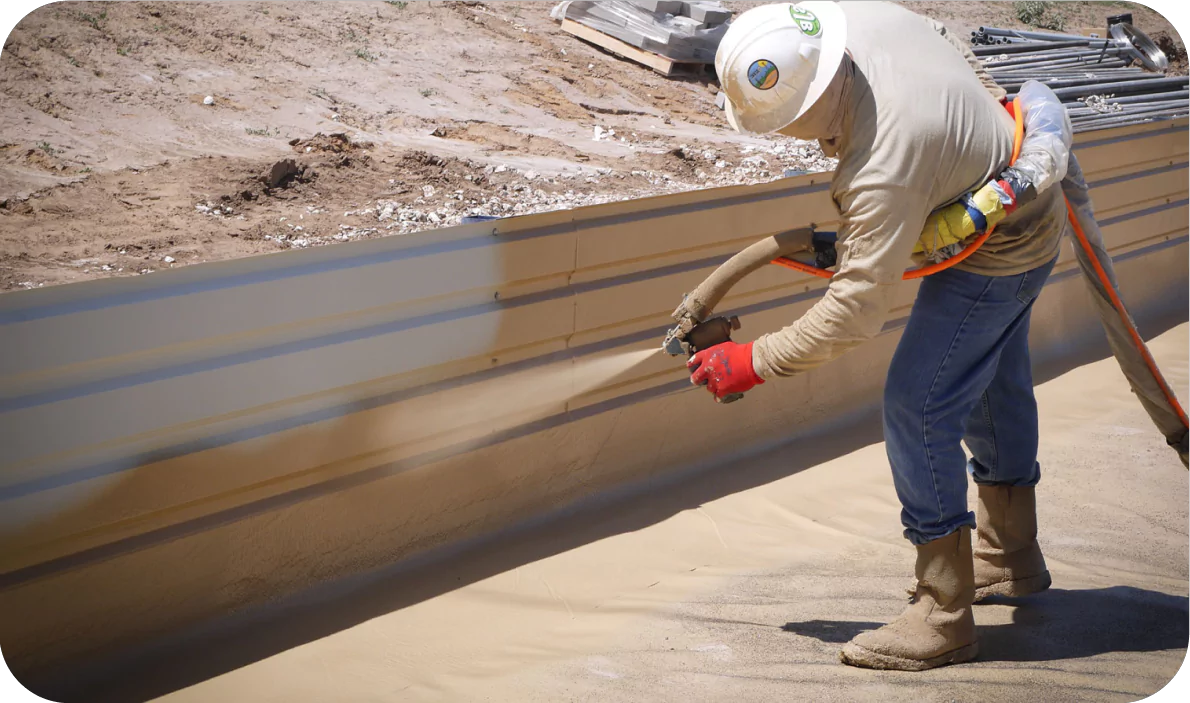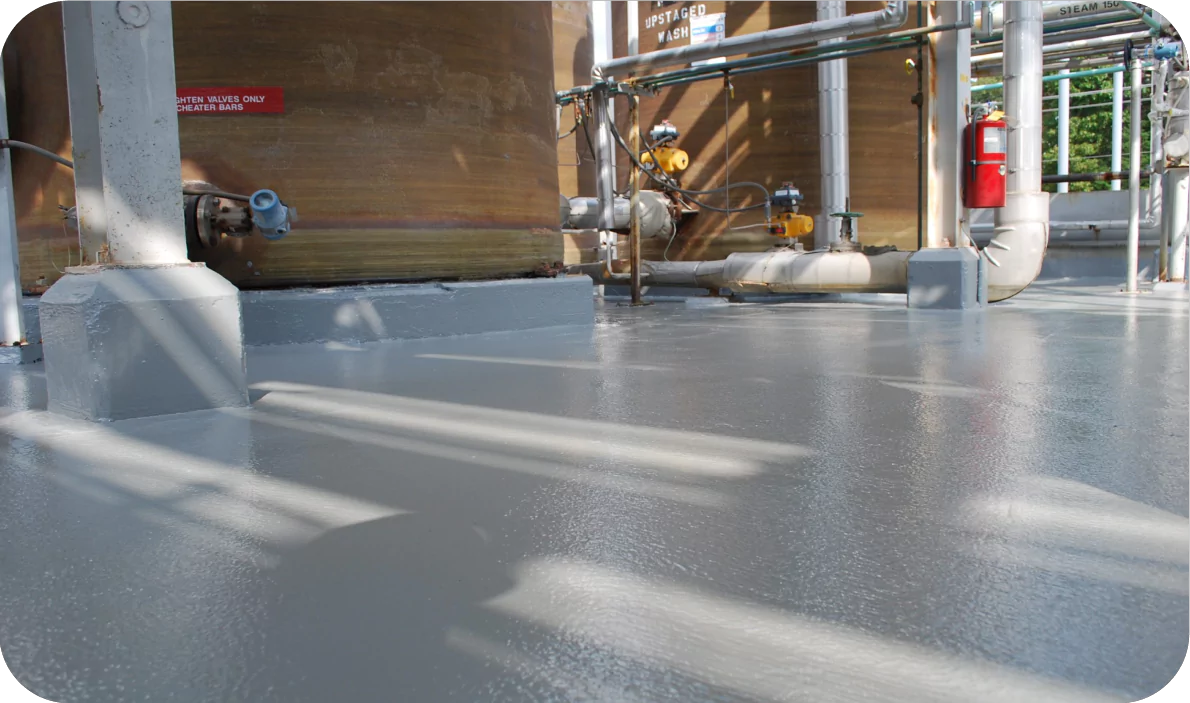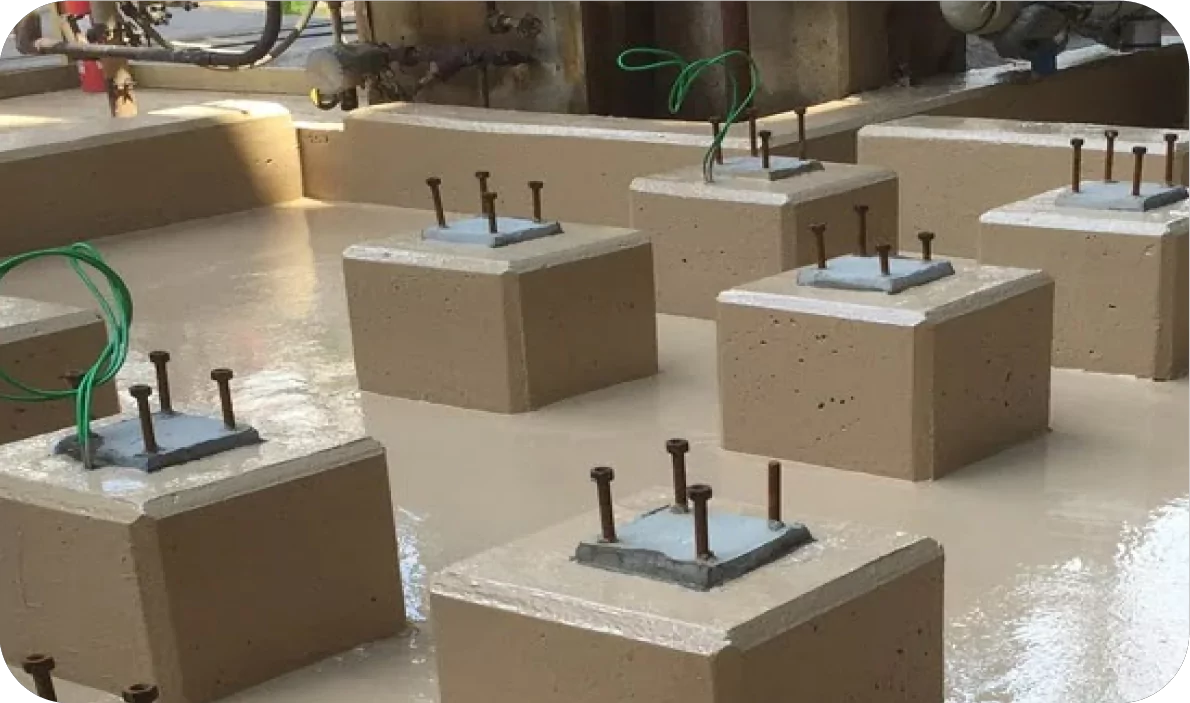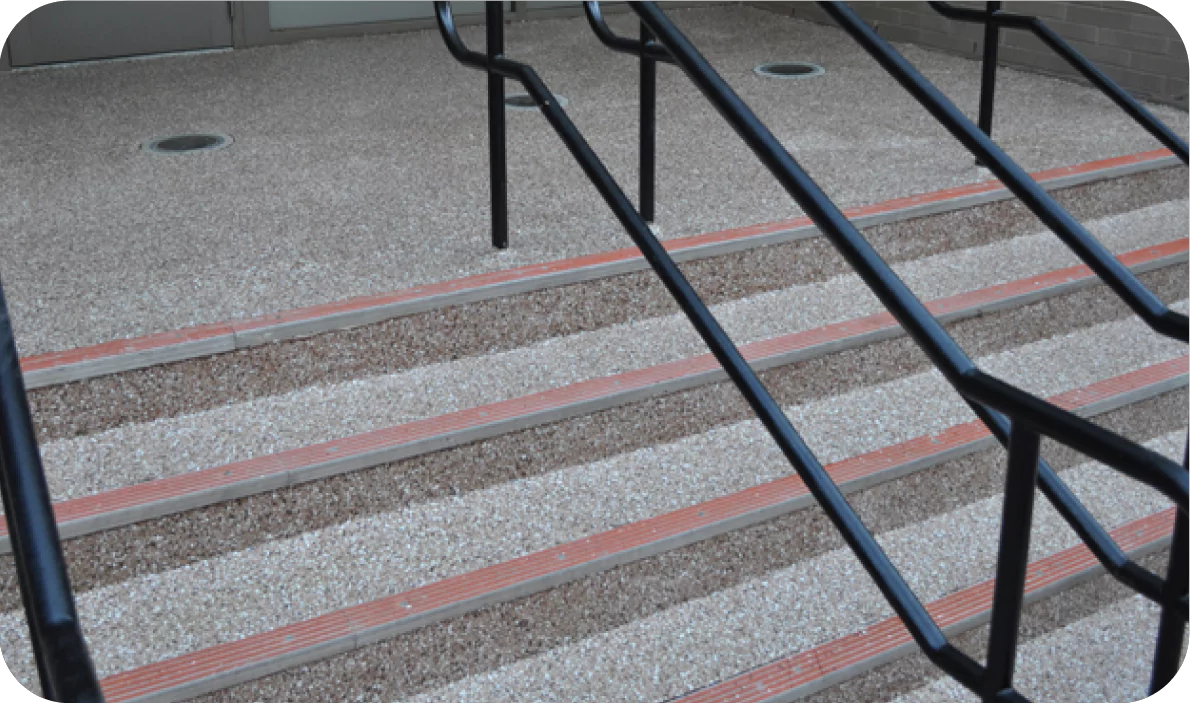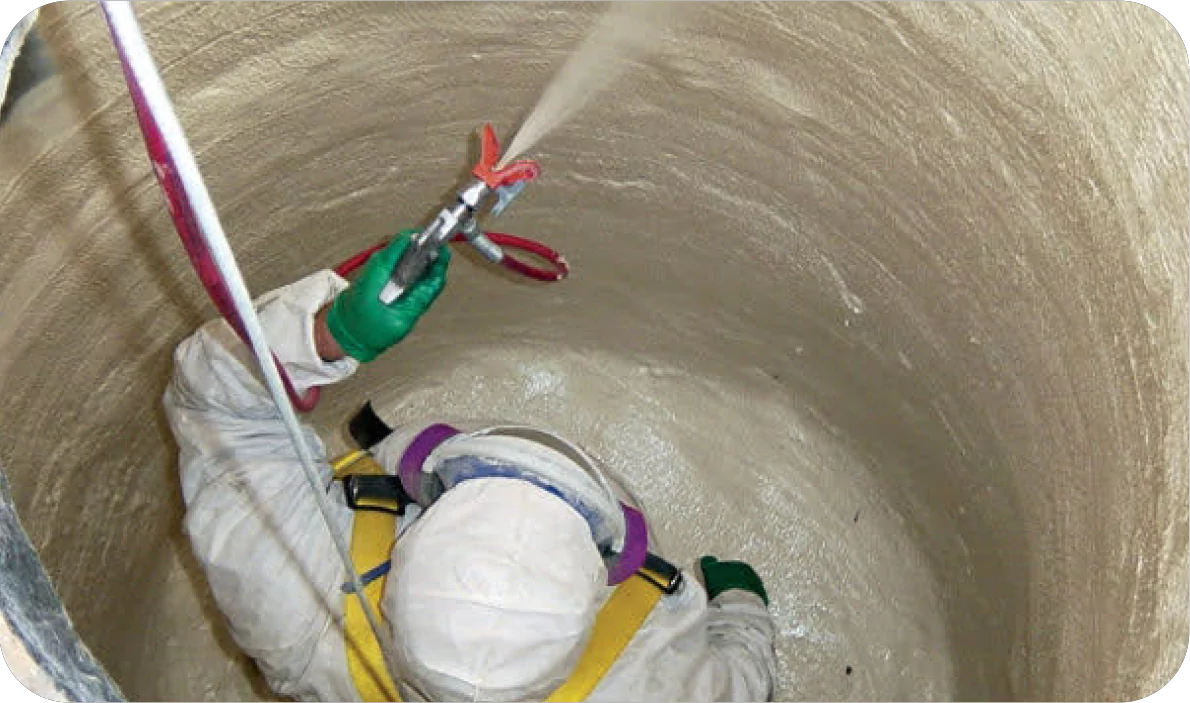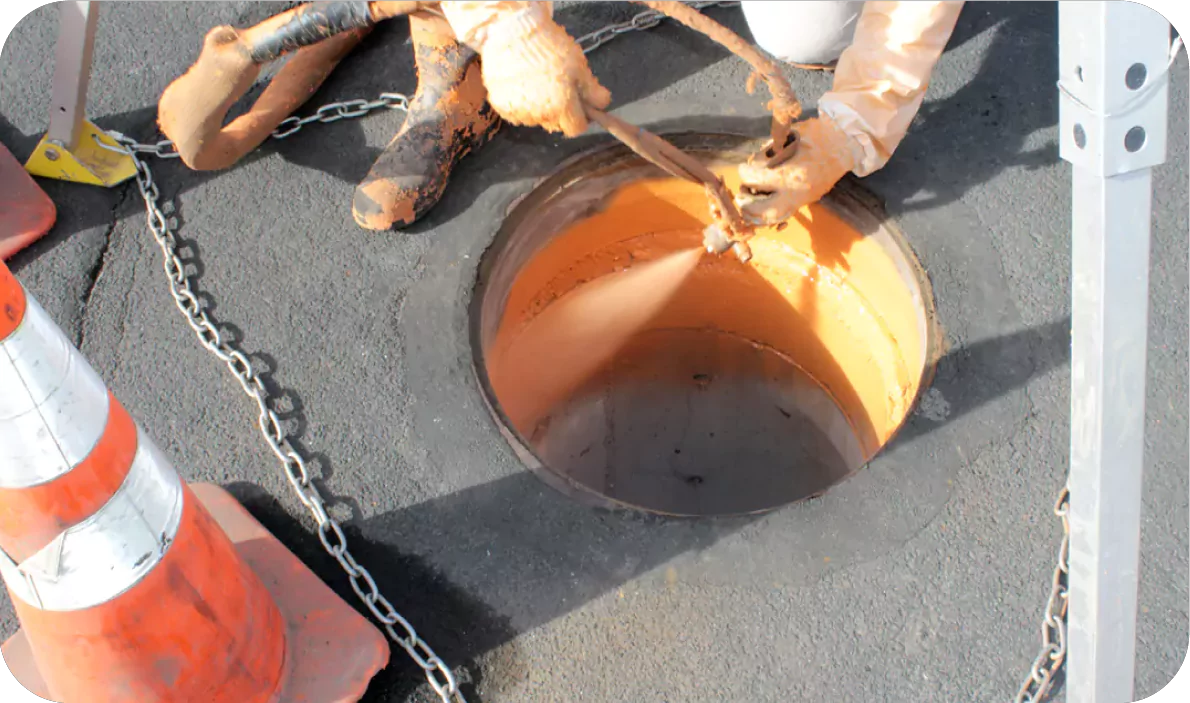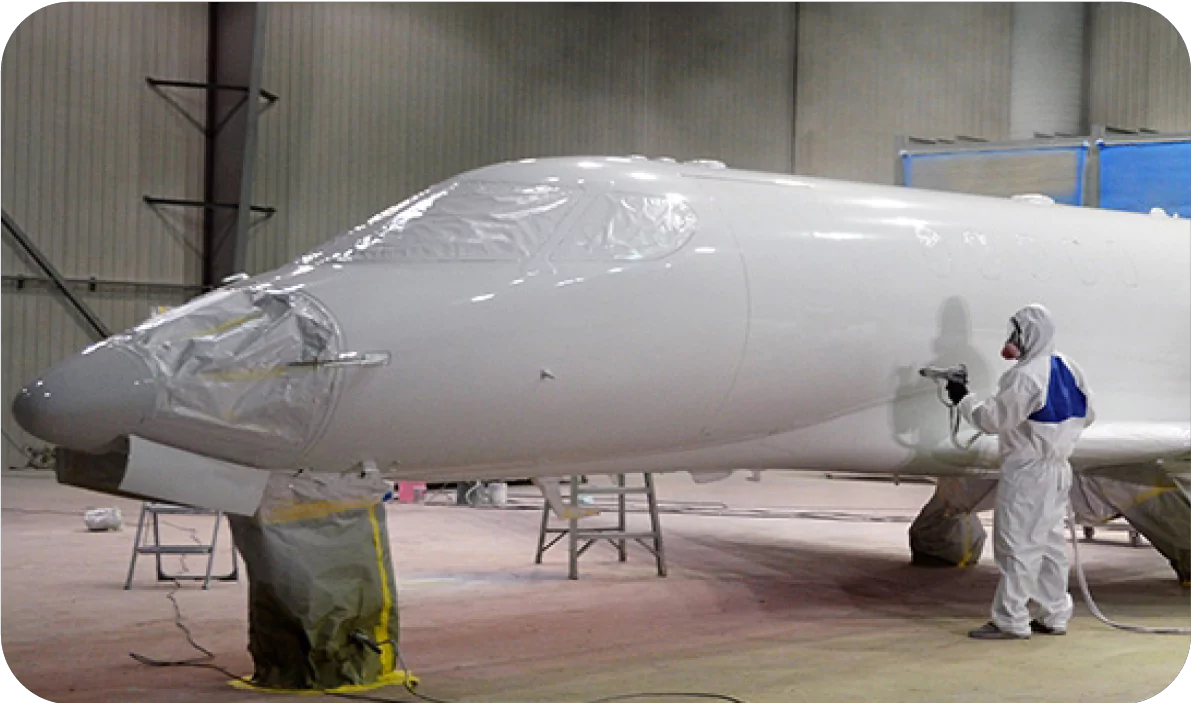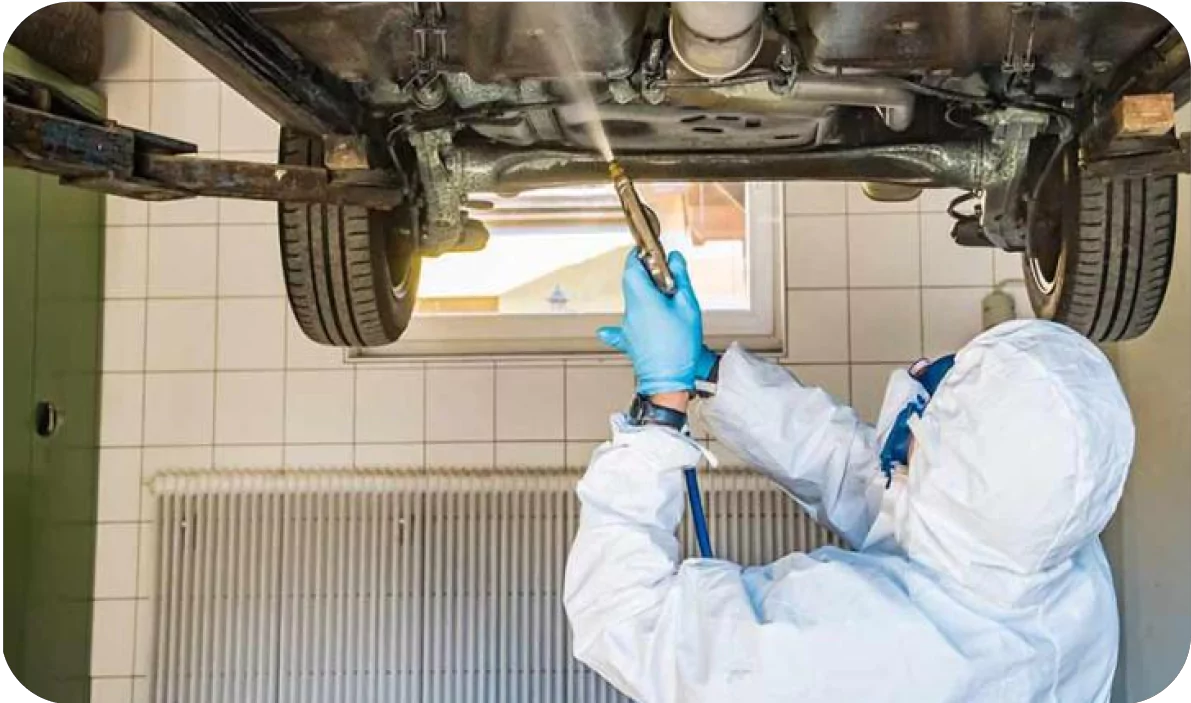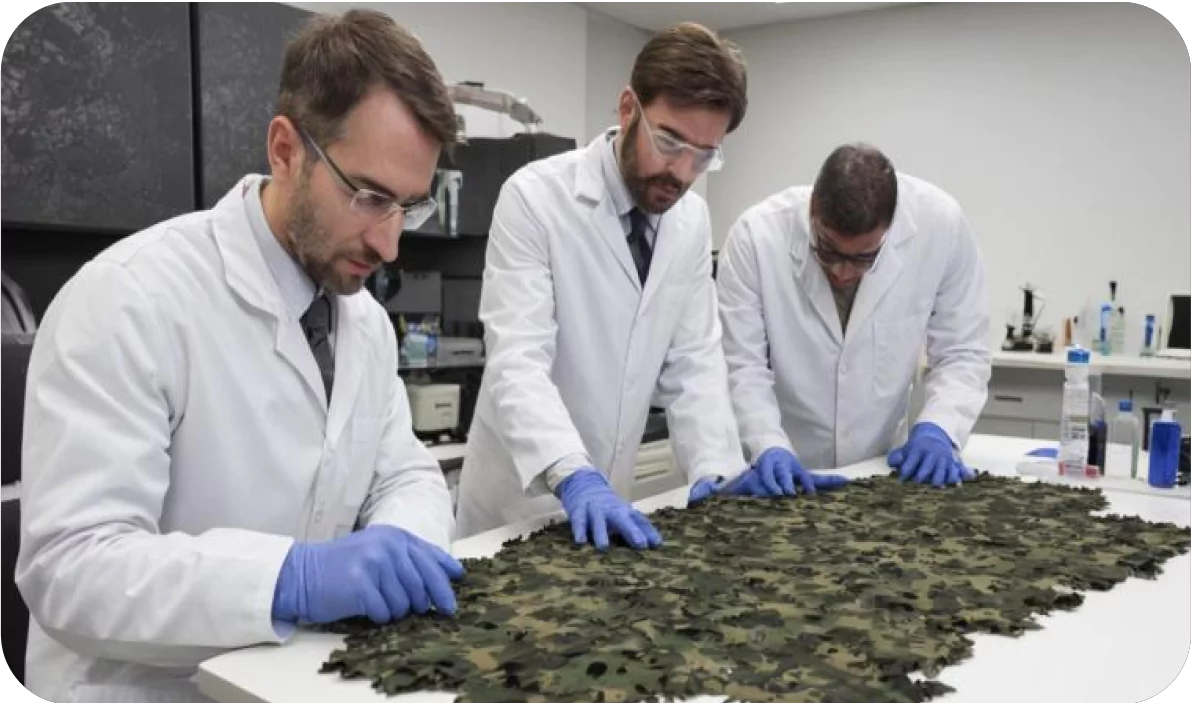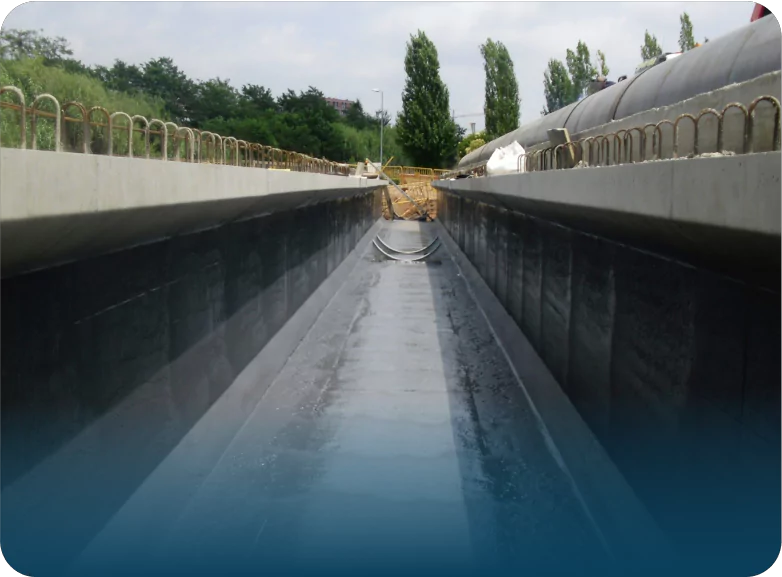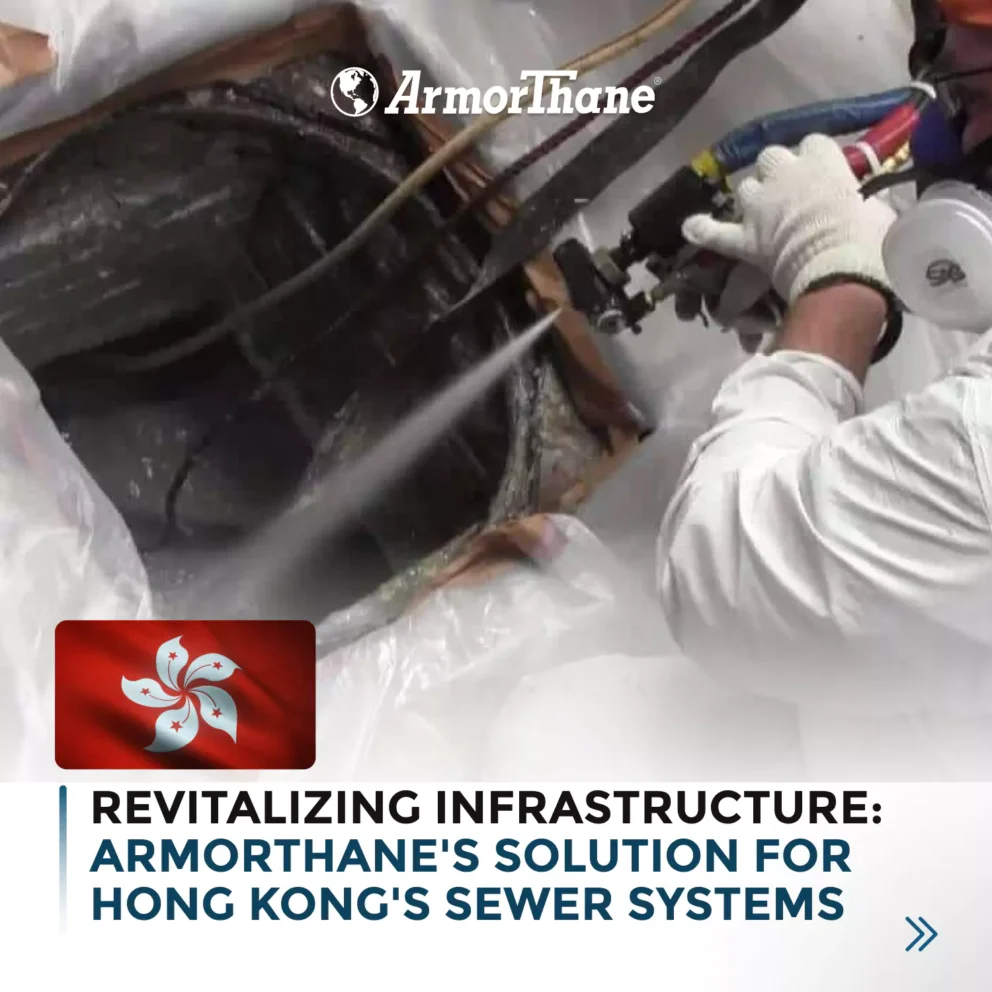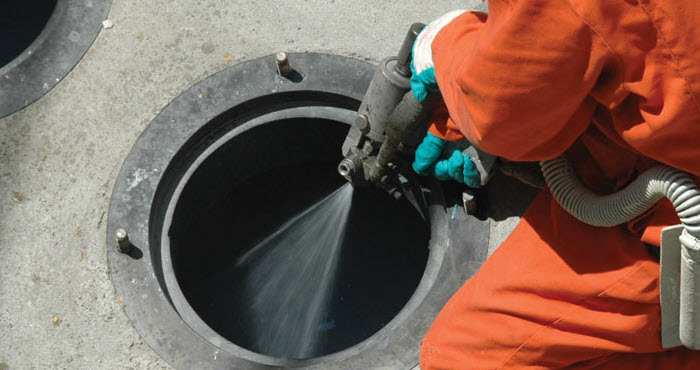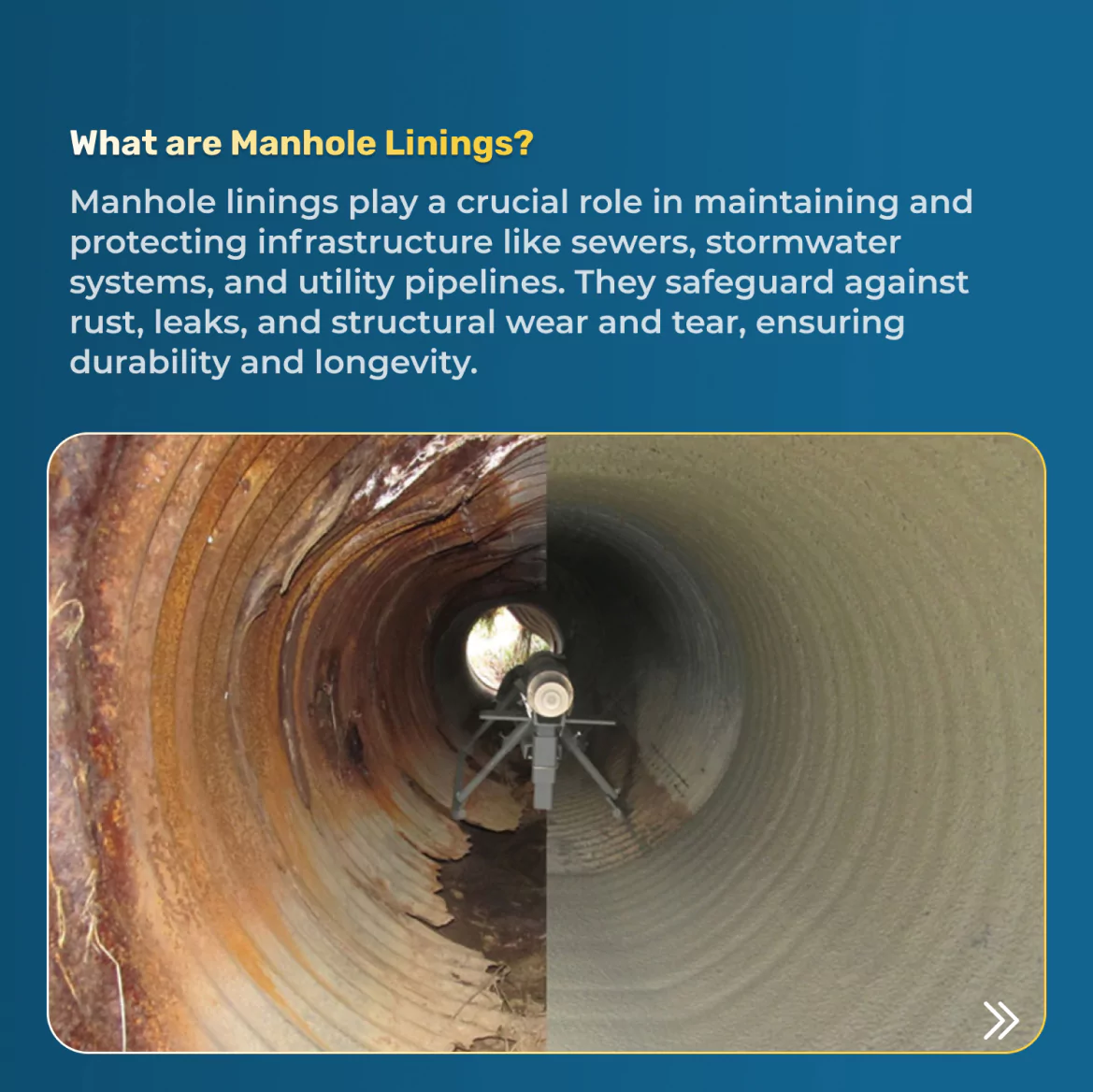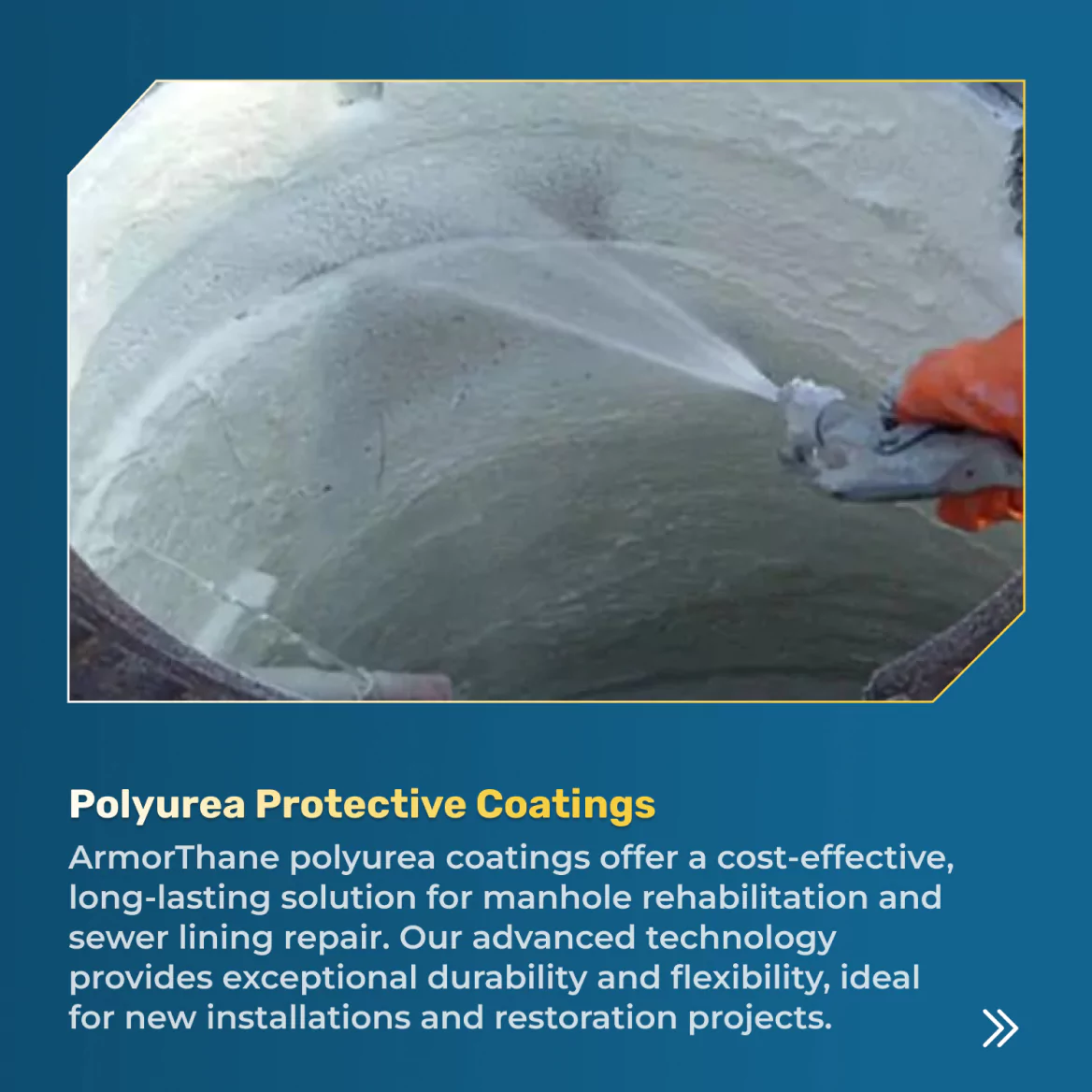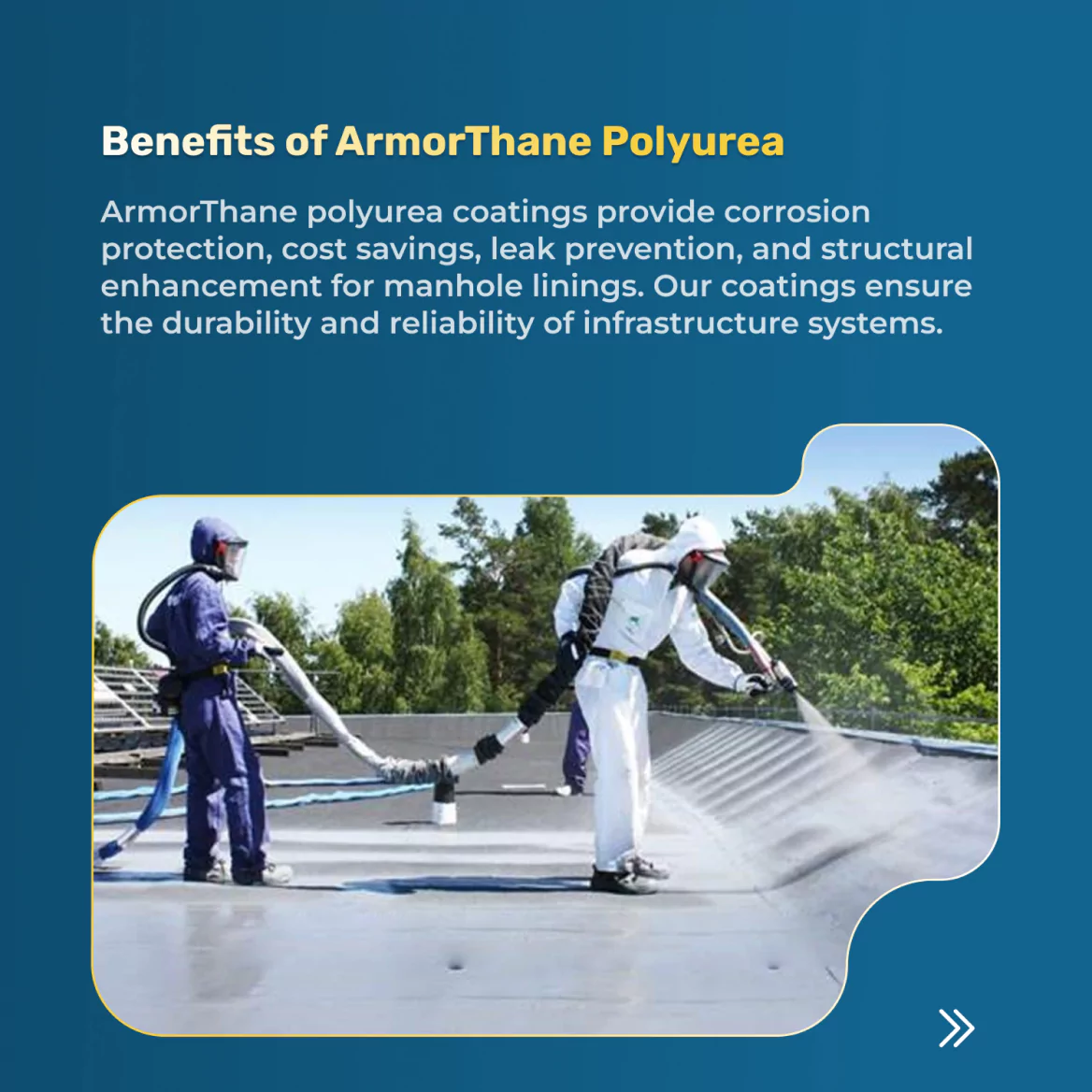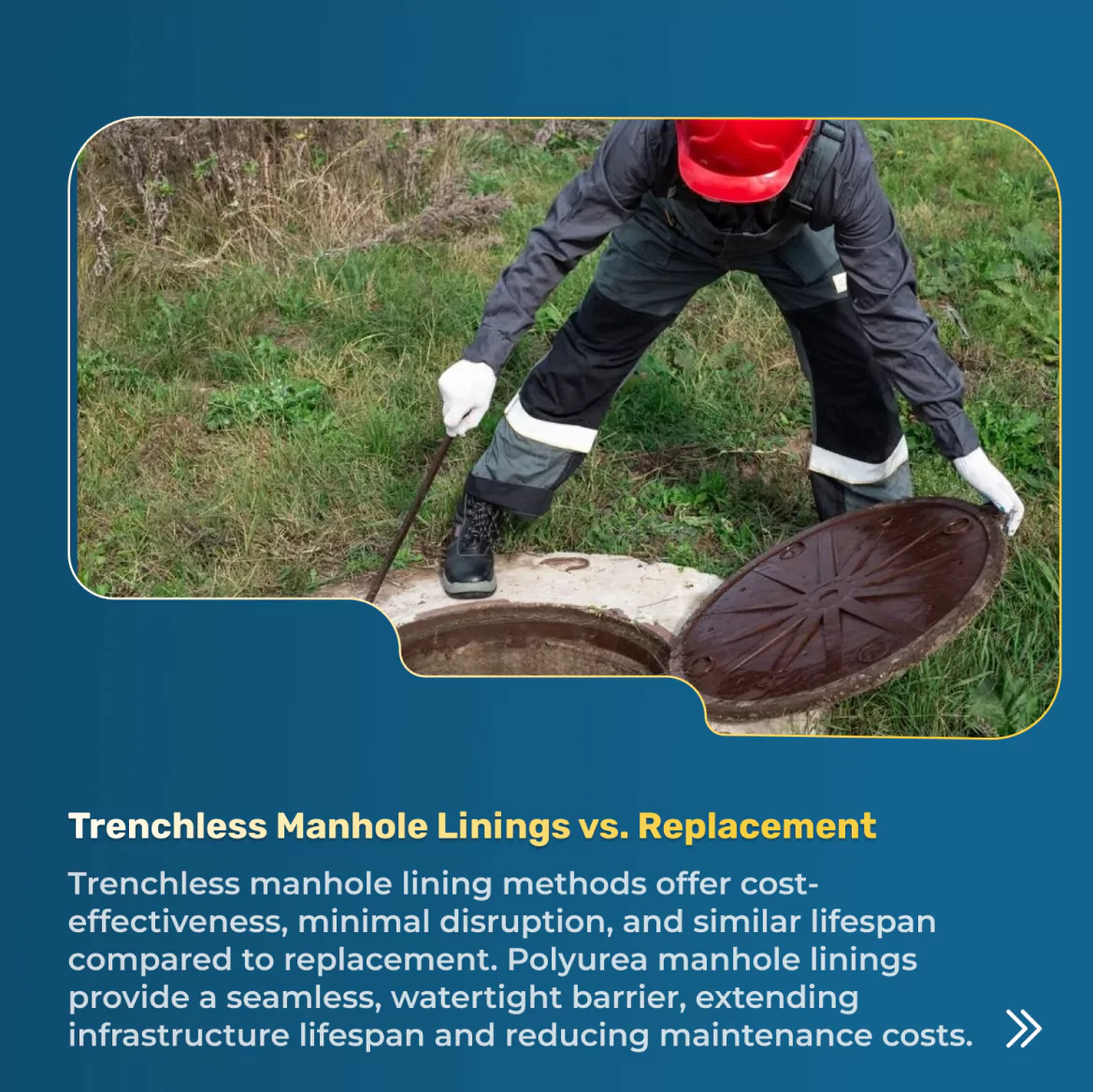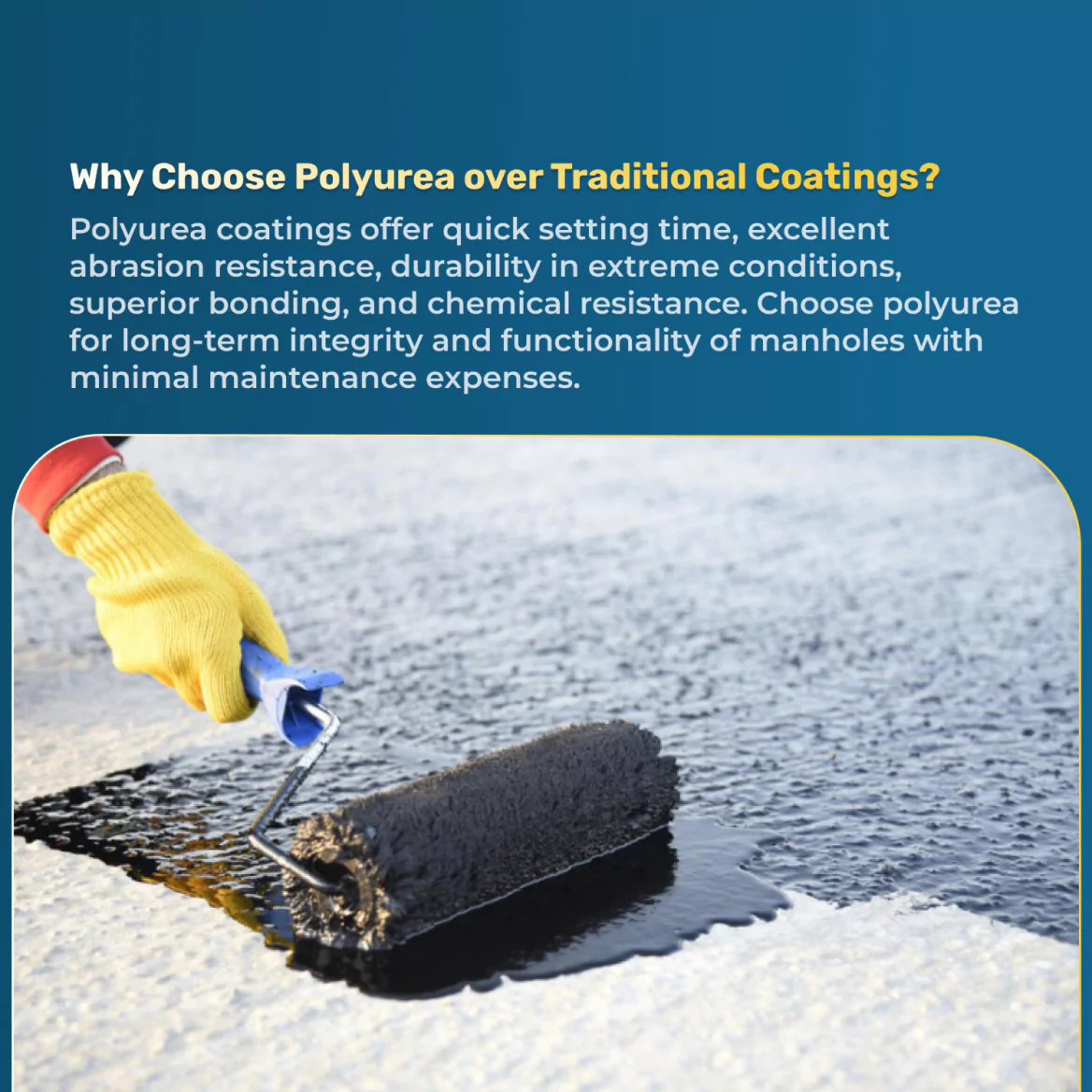POLYUREA MANHOLE REHABILITATION COATINGS
WHAT IS MANHOLE REHABILITATION?
Manhole rehabilitation is critical for maintaining the structural integrity of sewer infrastructure, but aging concrete manholes in sanitary sewer systems often suffer from corrosion, leaks, and deterioration due to years of exposure to corrosive elements. Microbial-induced corrosion from sewer gases (hydrogen sulfide turning into sulfuric acid), heavy traffic loads from above, and freeze/thaw cycles can all degrade the condition of manholes over time. But instead of resorting to complete manhole replacement, municipalities and contractors are turning to advanced protective coatings like polyurea. Applying a polyurea manhole coating provides a high strength, long-lasting solution that restores the existing structure and significantly extends its service life. Polyurea spray-applied coatings form a seamless, permanent seal inside of manholes to halt infiltration and shield the substrate from stormwater inflow and harsh wastewater chemicals. The result is improved structural integrity, effective corrosion protection, and decades of additional use from the rehabilitated manhole.
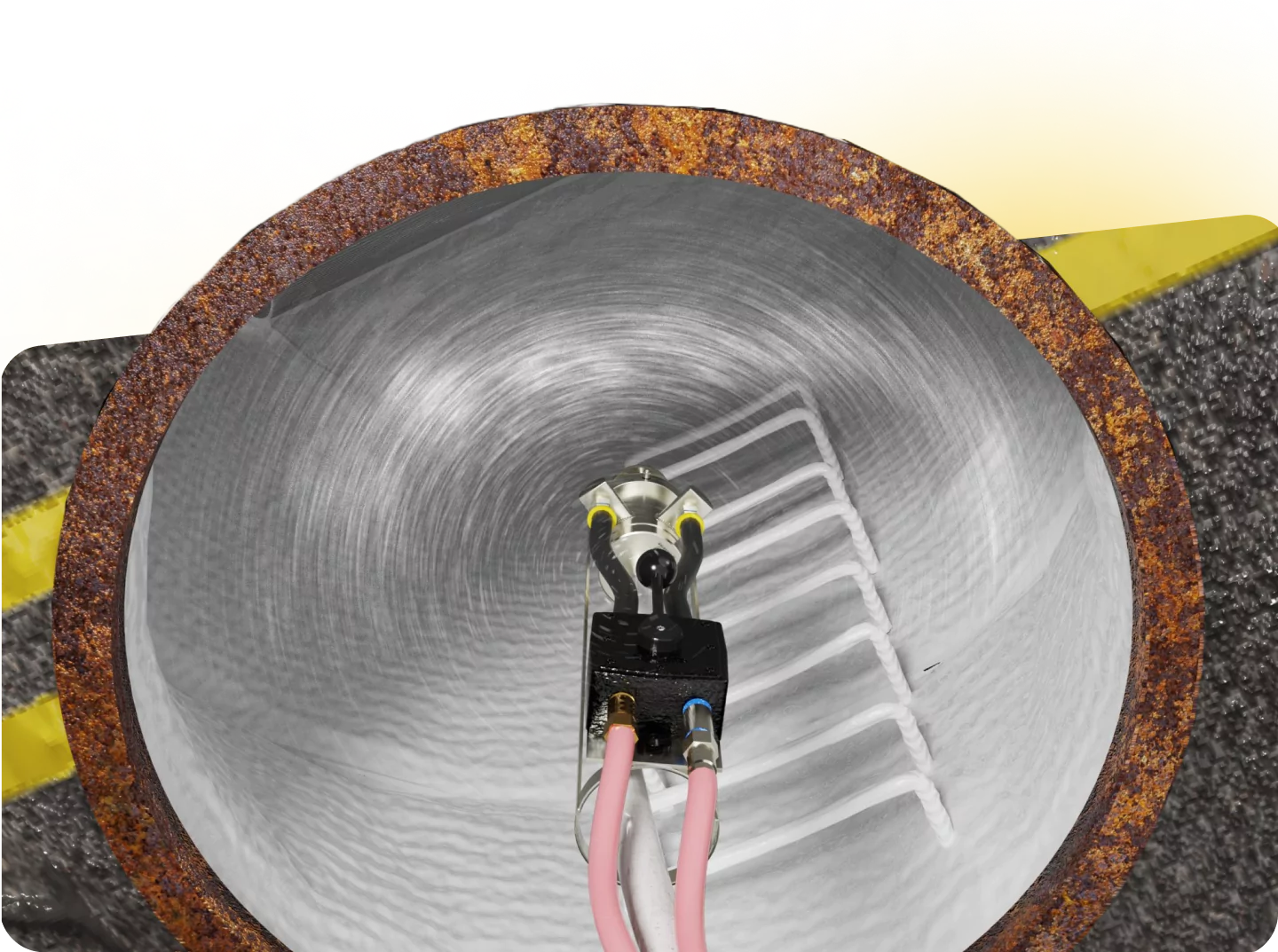
REHABILITATION
OVER REPLACEMENT
Manholes are critical access points as well as junctions within sewer lines and stormwater networks. Over time these sewer structures deteriorate – but timely rehabilitation can prevent failures and costly replacements. They can:
PREVENT INFILTRATION
Leaking manholes let groundwater and stormwater enter sewer infrastructure, which can overwhelm sewer lines and treatment plants. Sealing cracks stops inflow to preserve capacity and prevent sanitary sewer overflows.
RESIST CORROSION
Rehabilitation adds a new barrier to stop corrosive attack; hydrogen sulfide gas leads to corrosive environments (concrete-eating acid and microbial-induced corrosion). A corrosion-resistant manhole coating protects against chemical damage including sulfuric acid deterioration.
UPHOLD & IMPROVE STRUCTURAL INTEGRITY
Deteriorated manholes risk cave-ins or collapses. Rehabilitating the manhole structure (e.g. adding a liner or structural coating) reinforces walls and prevents further decay. This kind of structural rehabilitation restores strength and stability without having to dig up the manhole.
EXTEND SERVICE LIFE & SAVE COST
Proactive manhole repair avoids the high cost and disruption of a complete manhole replacement. A rehabilitation project can be done trenchlessly in hours that can extend the manhole’s service life by decades, yielding significant cost savings for municipalities and facility owners.
THE BENEFITS OF POLYUREA MANHOLE COATINGS
Polyurea is a high-strength spray coating that possesses unique advantages for rehabilitating sewer structures. As a manhole coating it combines the best qualities of other methods while minimizing their drawbacks. Together these benefits make polyurea manhole coatings an excellent choice for both municipal sewer systems and industrial facilities. In fact, across the United States and the world, many asset owners are choosing polyurea for manhole rehab to achieve cost-effective, long-lasting results – a well-protected manhole with polyurea will have an extended service life, reduced maintenance needs, and improved performance under all conditions. Some of their most notable benefits include:
Polyurea coatings start to set and cure in as little as seconds to minutes for very fast project turnarounds. Epoxy coatings might need many hours to harden, but polyurea achieves full strength only shortly after application. Rehabilitated manholes can often be returned to service the same day. Fast cure is especially valuable for rehabilitation projects that must limit sewer system downtime or road closures – crews can restore multiple manholes in a short time frame.
Polyurea forms a continuous (i.e., joint-free) membrane that permanently seals the interior of the manhole. The spray application conforms to every curve, bench, and crevice inside of the manhole and leaves no gaps. Once cured, the coating is fully adhered and stops all leaks, infiltration, and exfiltration, protecting against stormwater inflow and groundwater intrusion, seeing that no further water enters or escapes the structure. It basically makes the manhole waterproof, even if the surrounding water table rises dramatically.
Polyurea provides exceptional resistance to corrosive agents in wastewater treatment plants and sewers. In sewers it stands up to hydrogen sulfide gas, sulfuric acid, and other chemicals that commonly attack concrete, and in industrial facilities or municipal sewers, polyurea’s chemical inertness shields the underlying concrete or brick from microbial-induced corrosion and decay. Polyurea’s broad-scope corrosion protection greatly reduces future deterioration, and a polyurea-coated manhole won’t need frequent re-coating – the coating resists acid and biogenic corrosion for the long haul, even in extremely corrosive environments.
Once cured polyurea is extremely durable and appreciably elastic. It can withstand abrasion, impacts, and constant wet/dry cycling without cracking or delaminating, and, more importantly, the material’s flexibility allows it to accommodate minor ground movement, vibrations, and thermal expansion. This exceptional combination of flexibility and tolerance to mechanical stress is a huge advantage for manholes under heavy traffic loads or in areas with temperature swings. Polyurea coatings can flex with the substrate during freeze/thaw cycles or traffic vibrations, where a rigid coating might crack. Over years of service, polyurea maintains a tight bond and does not peel, even under harsh conditions.
Polyurea’s high strength and strong adhesion can also contribute to structural enhancement of a manhole following treatment. Spraying a thick polyurea manhole coating adds a tough inner shell to the existing structure, which helps hold together weakened concrete or brick and can bridge small gaps or cracks. Polyurea’s high tensile strength also means it can absorb internal water pressure and external soil stresses that assist in the structural rehabilitation of the manhole. Some severely deteriorated manholes might need additional repairs (like mortar patching or inserts), but a properly applied polyurea manhole coating significantly improves the structural integrity and stability of most rehabilitated manholes.
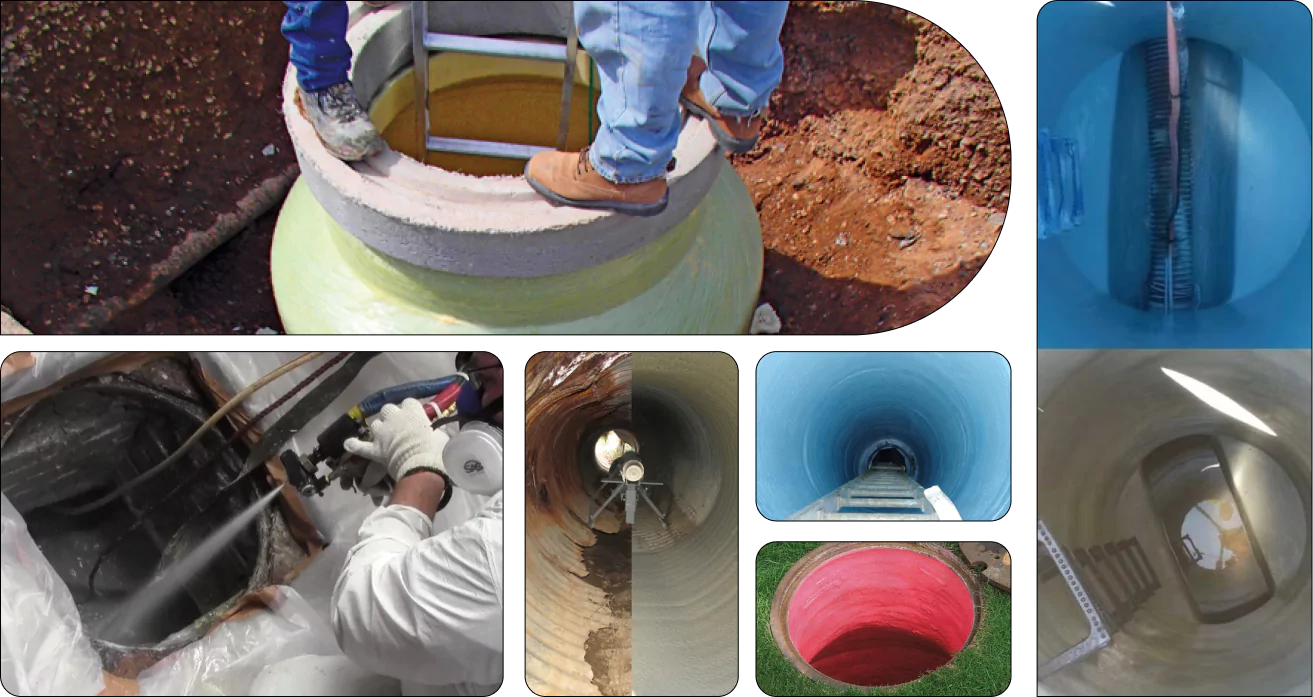
THE MANHOLE REHABILITATION PROCESS USING POLYUREA MANHOLE COATINGS
Manhole rehabilitation using polyurea manhole coatings typically involves four main steps. Each step is carried out by trained crews following strict safety guidelines (manholes are permit-required confined space entries). Here’s an overview of each step start to finish:
- MANHOLE INSPECTION AND ASSESSMENT: The first step is a thorough manhole inspection to evaluate the condition of the manhole and identify any potential issues. Inspectors check for active leaks, corrosion depth, cracks in the concrete, missing bricks, and overall stability of the manhole structure. They also assess groundwater inflow or other factors affecting the existing structure. The purpose of assessment is to determine if the manhole is a good candidate for manhole coatings or if severe damage requires additional repairs (in rare cases, if the structure is beyond repair, a complete manhole replacement might be recommended).
- SURFACE PREPARATION: Proper surface preparation is critical to the success of any rehabilitation process, and more any application of polyurea coatings in general. Before coating, the interior surfaces of the manhole are cleaned and prepped. All debris, sediment, and loose concrete are removed, typically using high-pressure water cleaning and/or sandblasting. Any active leaks are stopped, typically by injecting quick-setting grout into cracks or joints to achieve a temporary permanent seal before lining. The goal is to achieve a clean, dry, and slightly rough surface so the polyurea will bond tenaciously to the existing structure. If there are large voids or missing sections they may be filled with repair mortar. Throughout surface prep and application, applicators follow confined space safety protocols – ventilating the manhole, monitoring air quality for hazardous gases, and using proper protective equipment. It can’t be stressed enough; a well-prepared surface makes sure the polyurea coating can adhere properly and form a reliable manhole liner.
- MANHOLE COATING APPLICATION: After surface preparation a two-component polyurea coating is spray-applied to the prepared interior. Specialized high-pressure, heated spray equipment is used to proportion and mix the polyurea components at the nozzle. Technicians methodically spray from the bottom of the manhole up to the chimney (top opening), building a uniform layer of coating typically around 100–250 mils thick (2.5–6 mm, depending on the specification). The polyurea protective coating adheres almost instantly to the wall, creating a new manhole lining that is seamless and monolithic. It conforms around step rungs, pipe penetrations, and every contour. The fast-reacting polyurea allows even vertical and overhead surfaces to be coated without sagging. Application often consists of multiple passes to achieve the desired thickness. The crews applying the coating are usually specialists who have undergone a training and certification program to ensure proper technique. (ArmorThane, for example, certifies applicators in using our rehabilitation products safely and effectively.) Thanks to the polyurea’s rapid set, there is no long waiting period – the liner builds up to full thickness in one continuous operation.
- CURING AND FINAL INSPECTION: One big advantage of polyurea is its ultra-fast curing time. The liner begins to solidify within seconds of spraying, and within a few minutes it is hard enough to touch. In under an hour, the new liner can reach a significant portion of its ultimate strength. After the spraying is complete, the crew waits a short time for full cure (often just an hour or two for polyurea, compared to a full day or more for epoxies). Because polyurea cures so quickly, the rehabilitation project can wrap up faster – typically the manhole can be returned to service the same day. Before returning the manhole to use, a final inspection is performed. Inspectors verify the coating coverage and thickness (sometimes using ultrasonic thickness gauges or spark testing to find any pinholes). Any minor defects are touched up. The finished polyurea coating is now fully bonded and provides immediate corrosion protection as well as leak prevention. The rehabilitated manhole is ready to handle sewage flow and resist future deterioration. With the polyurea in place, the manhole’s service life has been dramatically extended without the need for excavation or replacement.
POLYUREA &
POLYURETHANE
TECHNOLOGY FOR
MANHOLE REHABILITATION
POLYUREA & POLYURETHANE
TECHNOLOGY FOR
MANHOLE REHABILITATION
Polyurea and polyurethane technology are robust and highly effective solutions for manhole rehabilitation. They use advanced formulations of sprayable polymer materials that are highly resistant to most types of weathering and abrasion, including corrosive chemicals and strong physical impacts. Polyurea and polyurethane also exhibit the most versatile physical properties of almost any coating material, and can be formulated to have the best physical properties for a given application. They’re perhaps most famous for their rapid cure times and ease of application, which paired with their superior physical properties, make them the perfect solution for erosion control and structural repair and reinforcement. As critical access points to essential resources and infrastructure, it’s also important that manholes aren’t contaminated with hazardous materials at the cost of their rehabilitation. Polyurea and polyurethane are 100% solids, and are made with no solvents or volatile organic chemicals (VOCs), making them a safer, more sustainable solution than other coating technologies or alternative approaches to manhole rehabilitation.
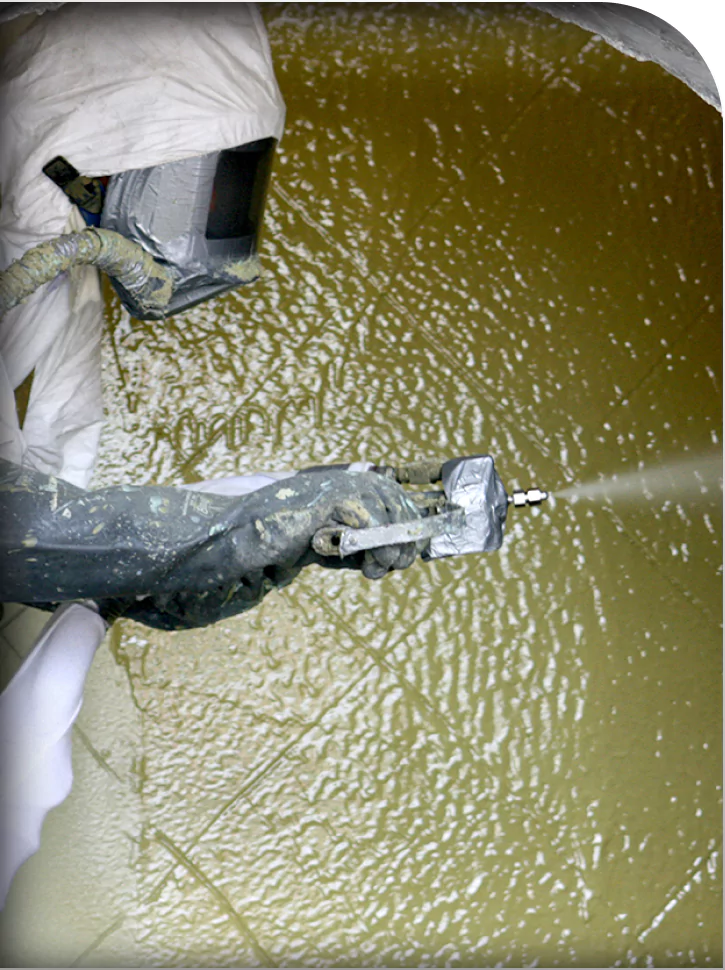
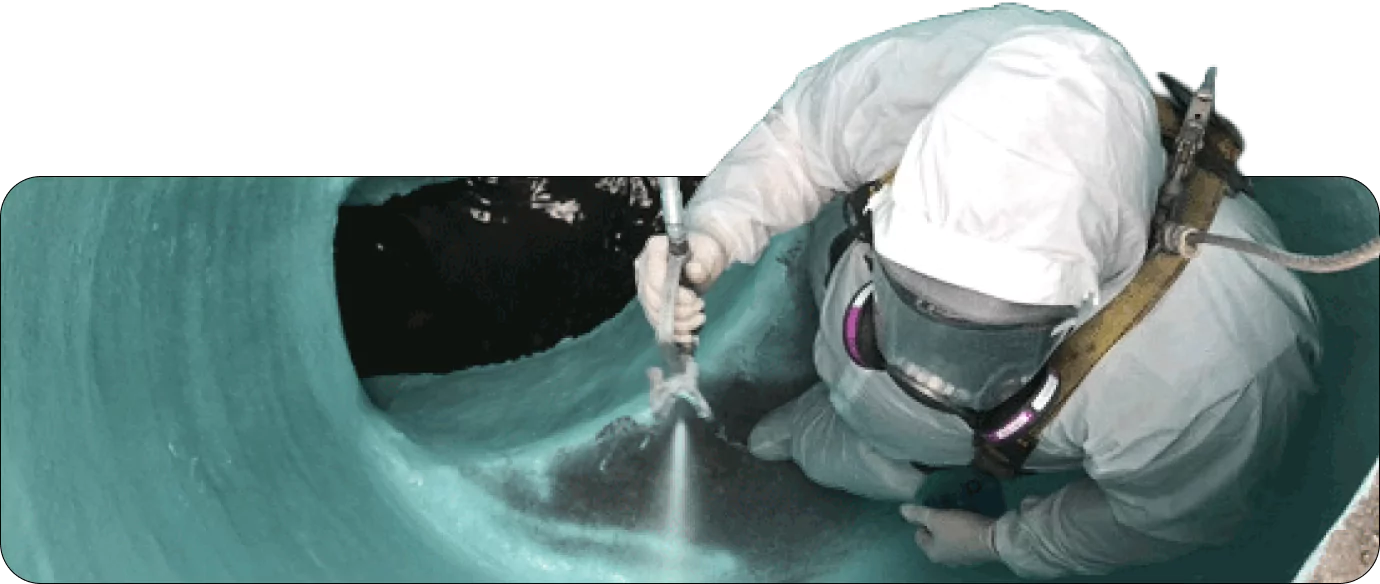
RELATED CONTENT
FAQ FREQUENTLY ASKED QUESTIONS
Rehabilitating an existing manhole is far more cost-effective and faster than a full replacement. Digging up and installing a new manhole can cost tens of thousands of dollars and disrupt traffic for days. Trenchless manhole repair with polyurea, on the other hand, can be done within hours at a fraction of the cost. You also preserve the surrounding infrastructure (roads, utilities) by avoiding excavation, all while significantly extending the manhole’s service life.
Polyurea manhole coatings are designed for long service life – typically multiple decades. In fact, some polyurea-coated sewer structures have been in service for over 20 years with minimal issues. The coating’s durability and chemical resistance mean it doesn’t degrade easily in the sewer environment. With proper surface prep and application, a polyurea manhole coating can easily protect a manhole for 30+ years, dramatically delaying the need for replacement.
To a significant extent, yes. While the primary purpose of polyurea is to protect and seal, its high tensile strength and strong bonding do provide some structural enhancement. The polyurea lining essentially forms a fiber-free FRP (fiber-reinforced plastic) layer that holds together cracked or eroded surfaces, adding hoop strength to the manhole. It helps prevent pieces of a deteriorated wall from collapsing inward. However, polyurea is not a complete replacement for sound concrete – if a manhole is extremely degraded, a combination of structural repair (such as a mortar rebuild or mesh reinforcement) and polyurea coating might be used. In the majority of cases, a polyurea-rehabilitated manhole shows greatly improved stability and structural integrity after lining.
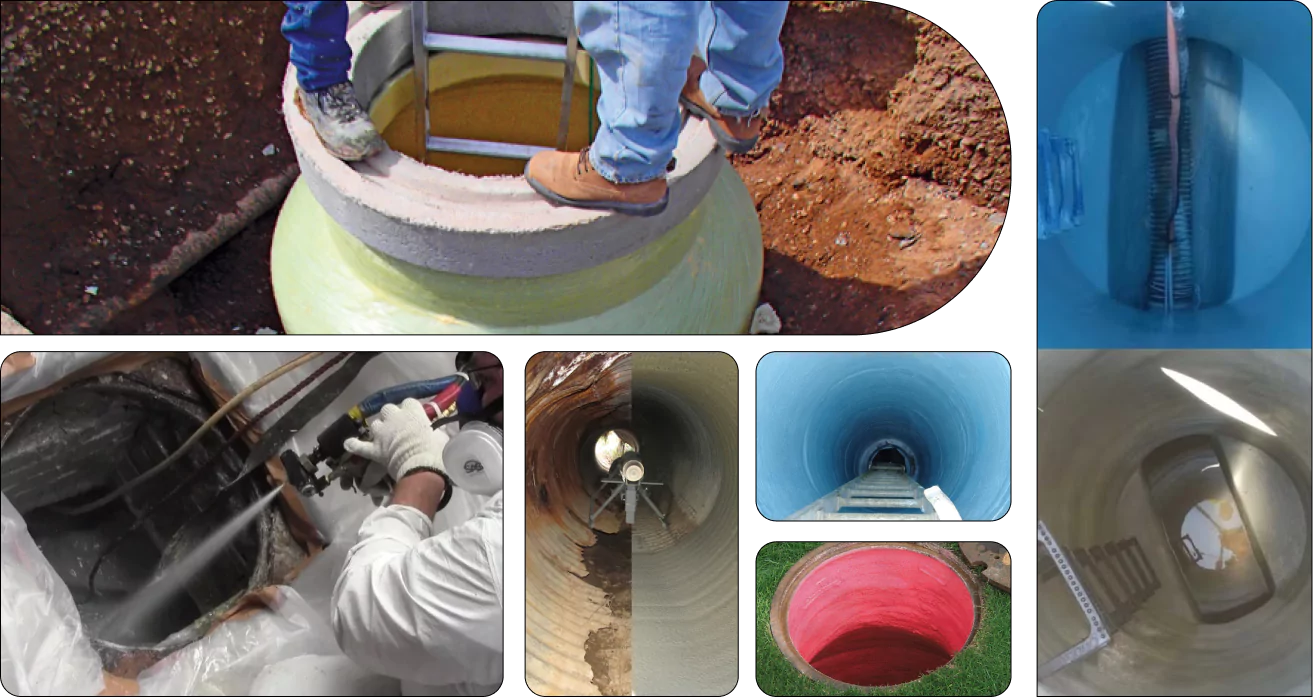
How Can I Get Started With ArmorThane’s Polyurea Manhole Rehabilitation Solutions?
ArmorThane provides all the resources needed to implement polyurea manhole rehab. We supply high-performance polyurea rehabilitation products (coatings, spray equipment, and custom mobile rigs) and offer comprehensive training through our applicator certification program. For contractors or municipalities new to this field, ArmorThane even offers a business startup package – a turnkey bundle of equipment, materials, and support to jump-start your manhole rehabilitation services. By partnering with ArmorThane, you gain expert guidance, proven products, and ongoing technical support to ensure your rehabilitation projects are successful. Simply reach out to us to learn about training opportunities and the right products for your needs.
POLYUREA MANHOLE REHABILITATION
WITH ARMORTHANE
Are you ready to rehabilitate manholes and protect sewer infrastructure for the long term, without having to suffer through the punishing manhole replacement process? We’re here to help with industry-leading polyurea coatings, equipment, training, and much more. Whether you manage a municipal sewer system dealing with deteriorating manholes or you’re a contractor looking to expand into manhole rehab, ArmorThane offers the expertise and support to ensure a successful outcome. Don’t wait for minor manhole issues to turn into major failures – simply contact us today to learn how polyurea manhole rehabilitation can provide corrosion protection, structural enhancement, and decades of extended service life for your wastewater infrastructure. Strengthen your infrastructure and safeguard your investment with ArmorThane’s proven solutions – Protecting Your World, one manhole at a time!

